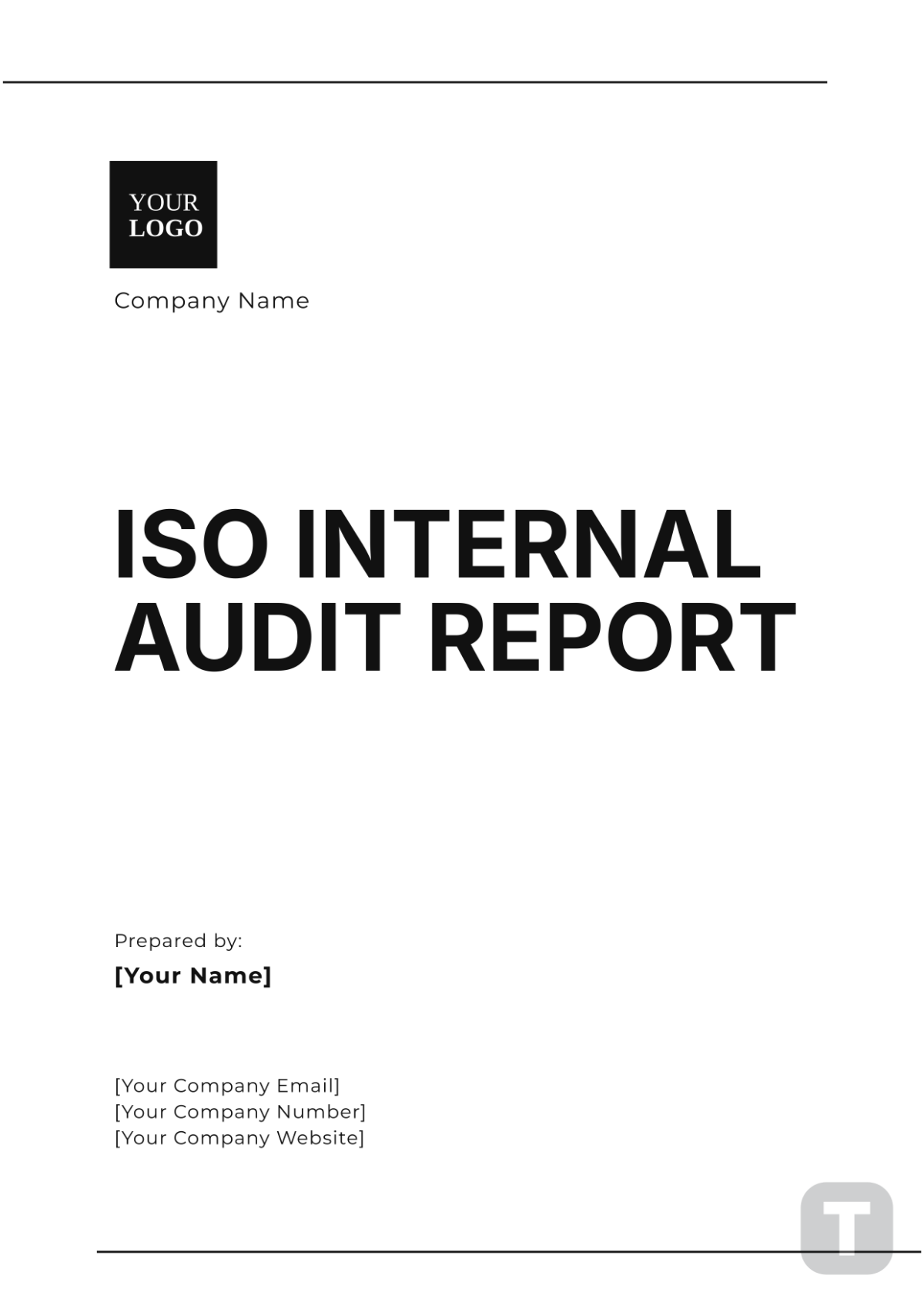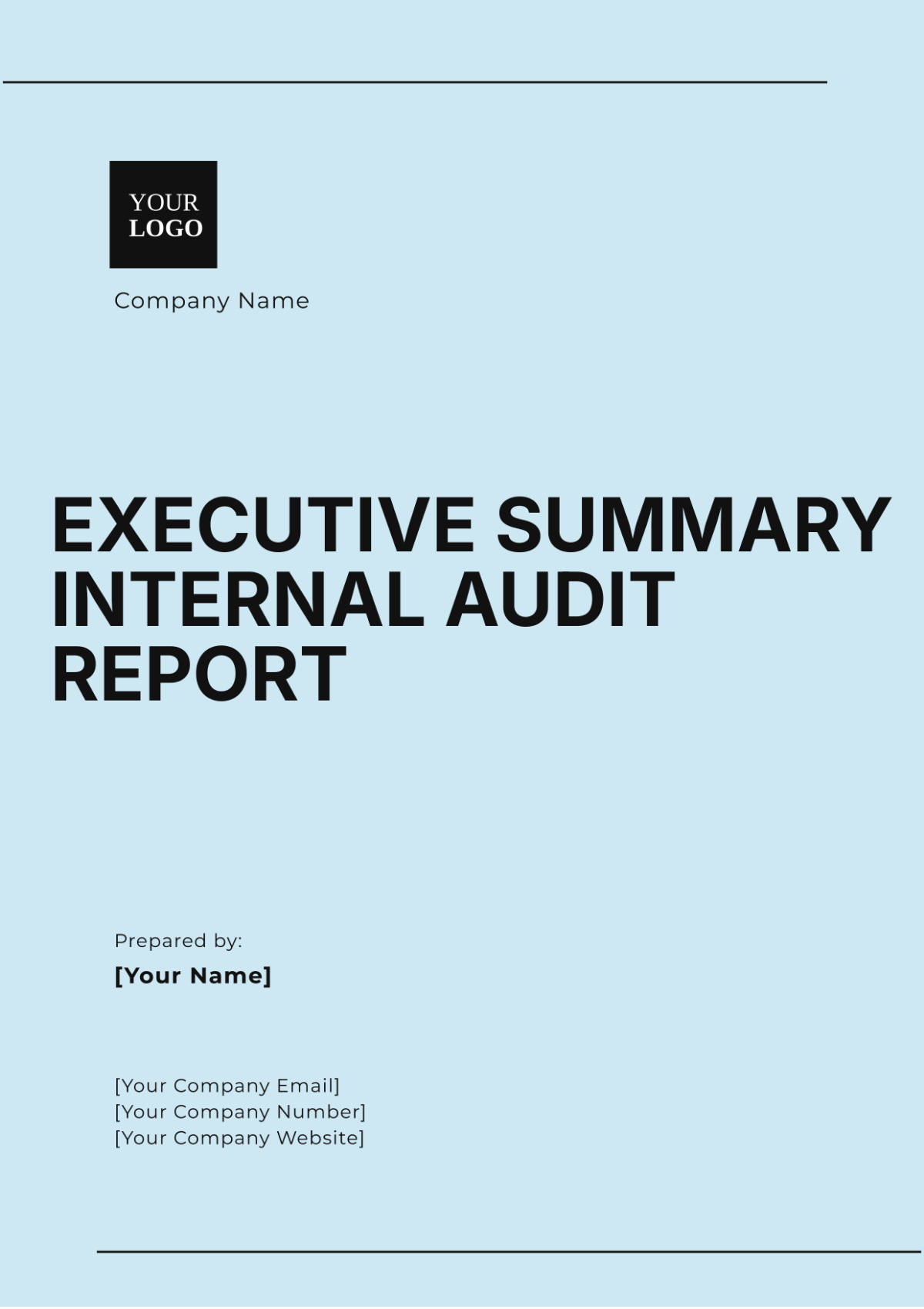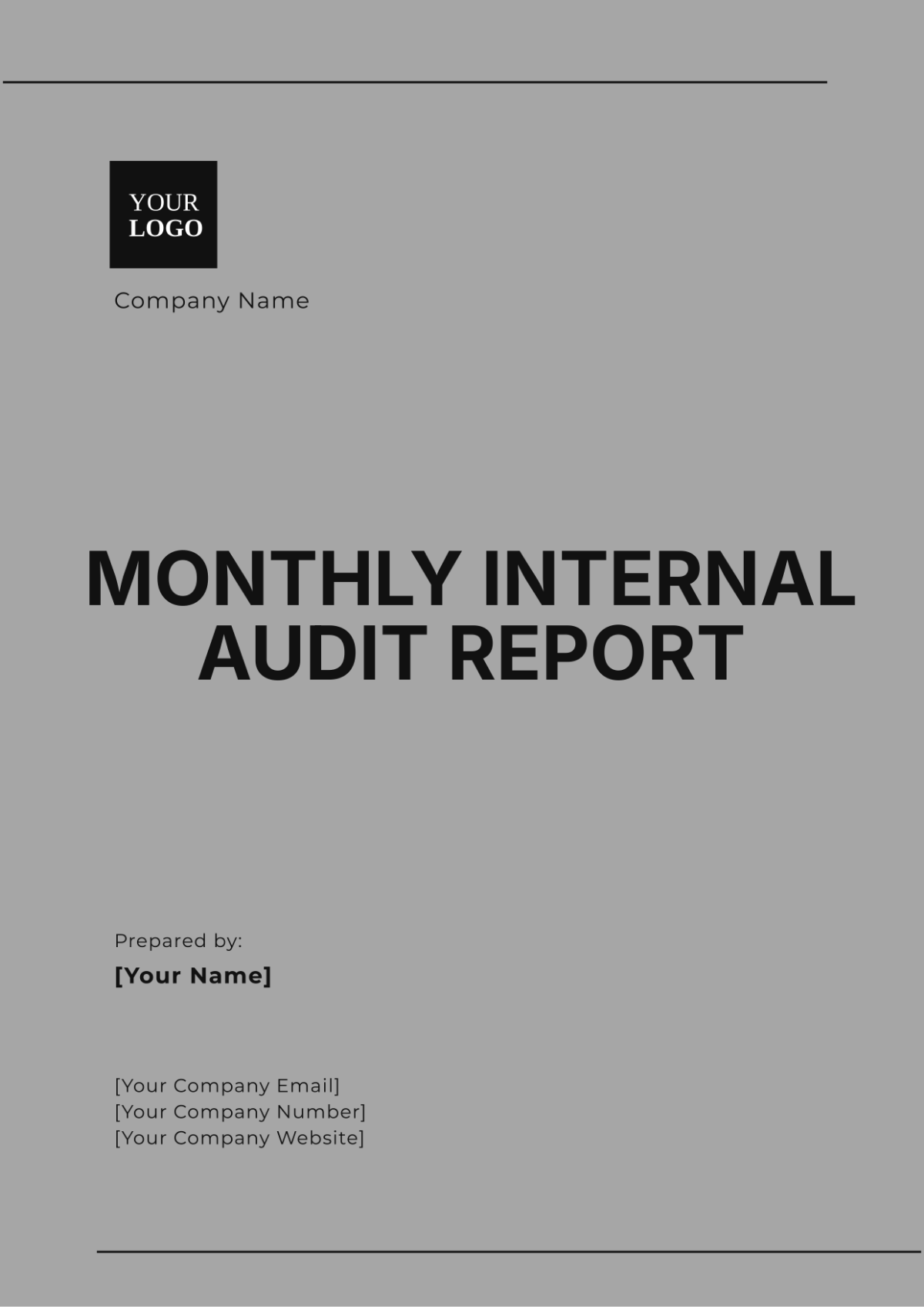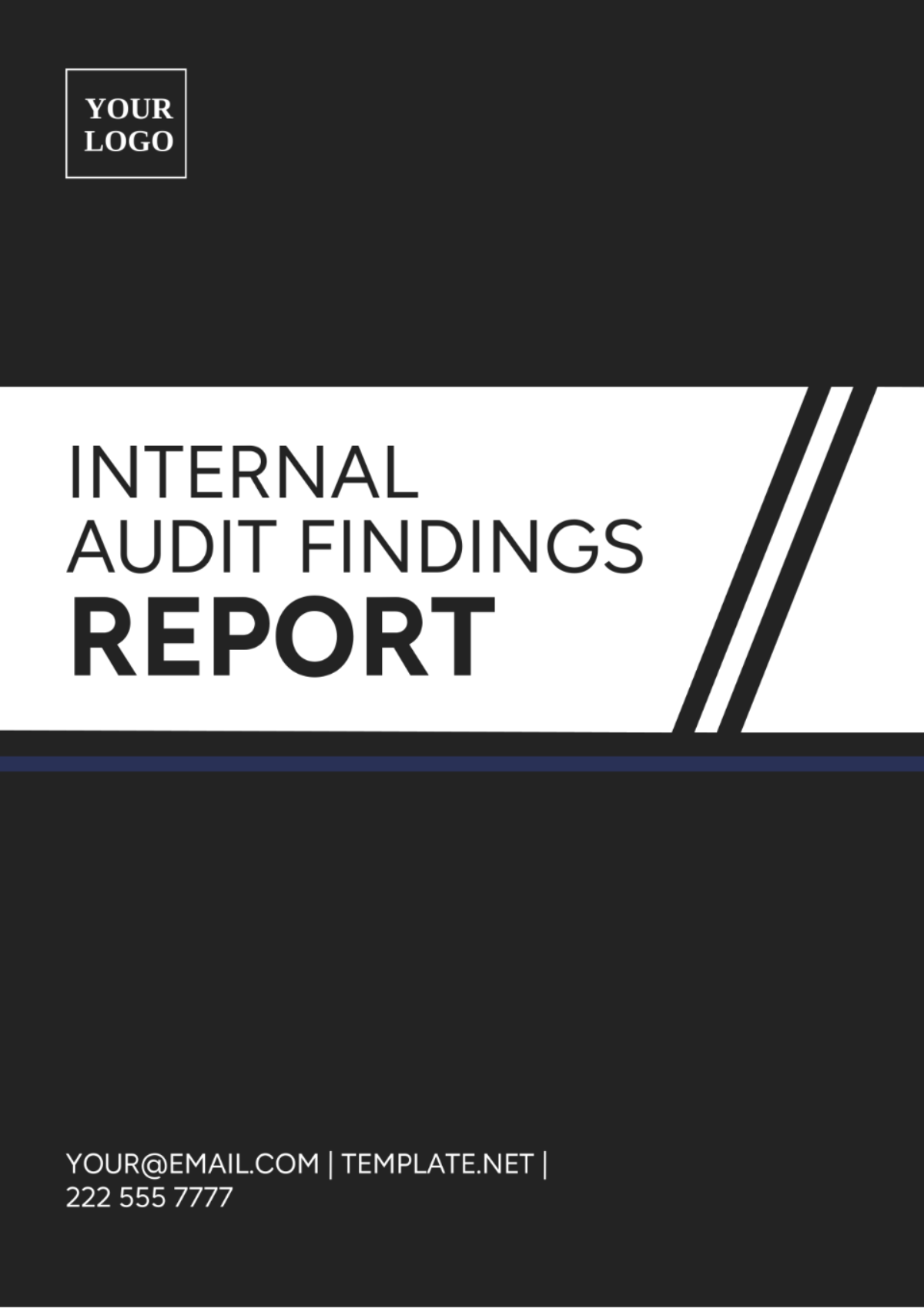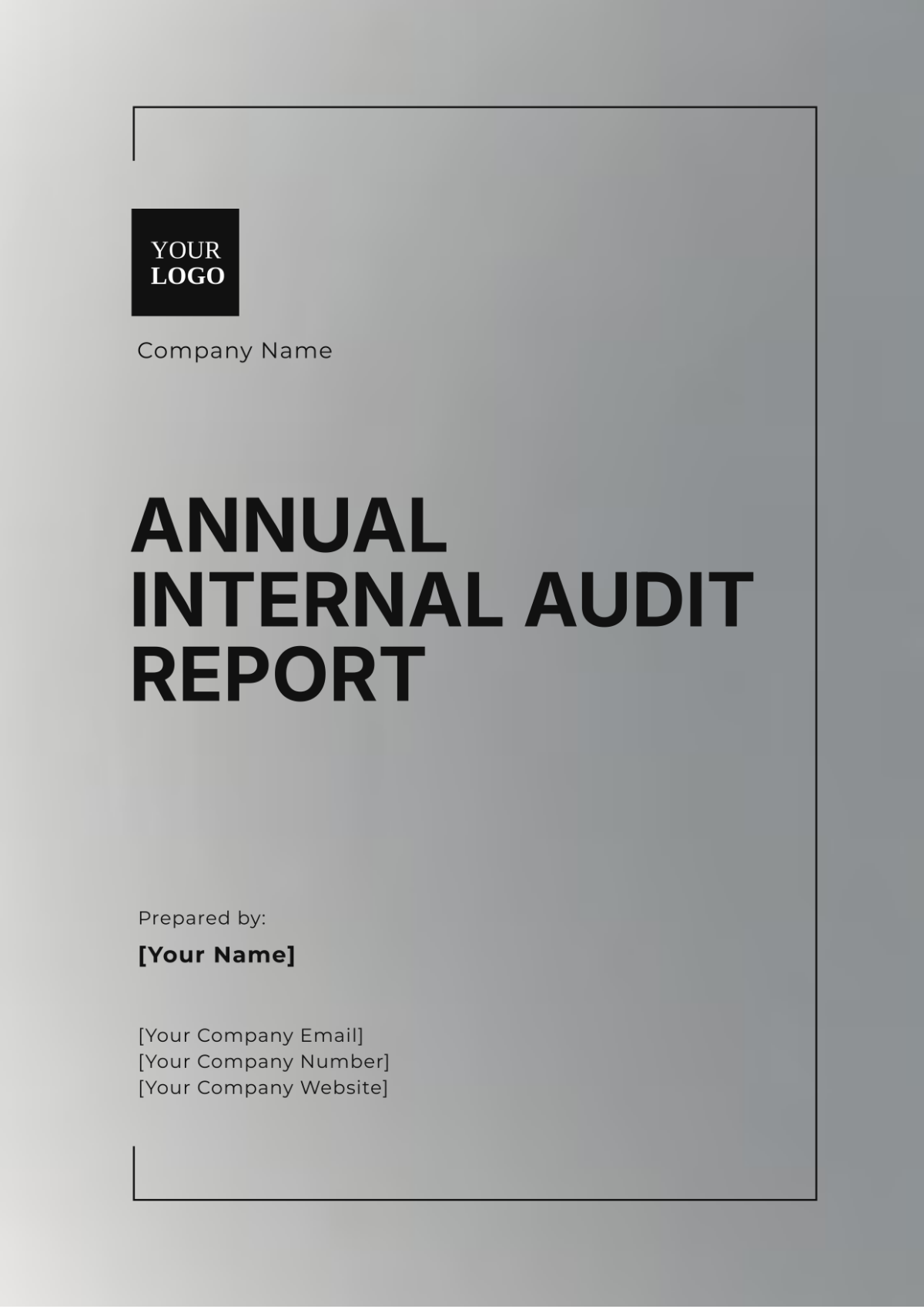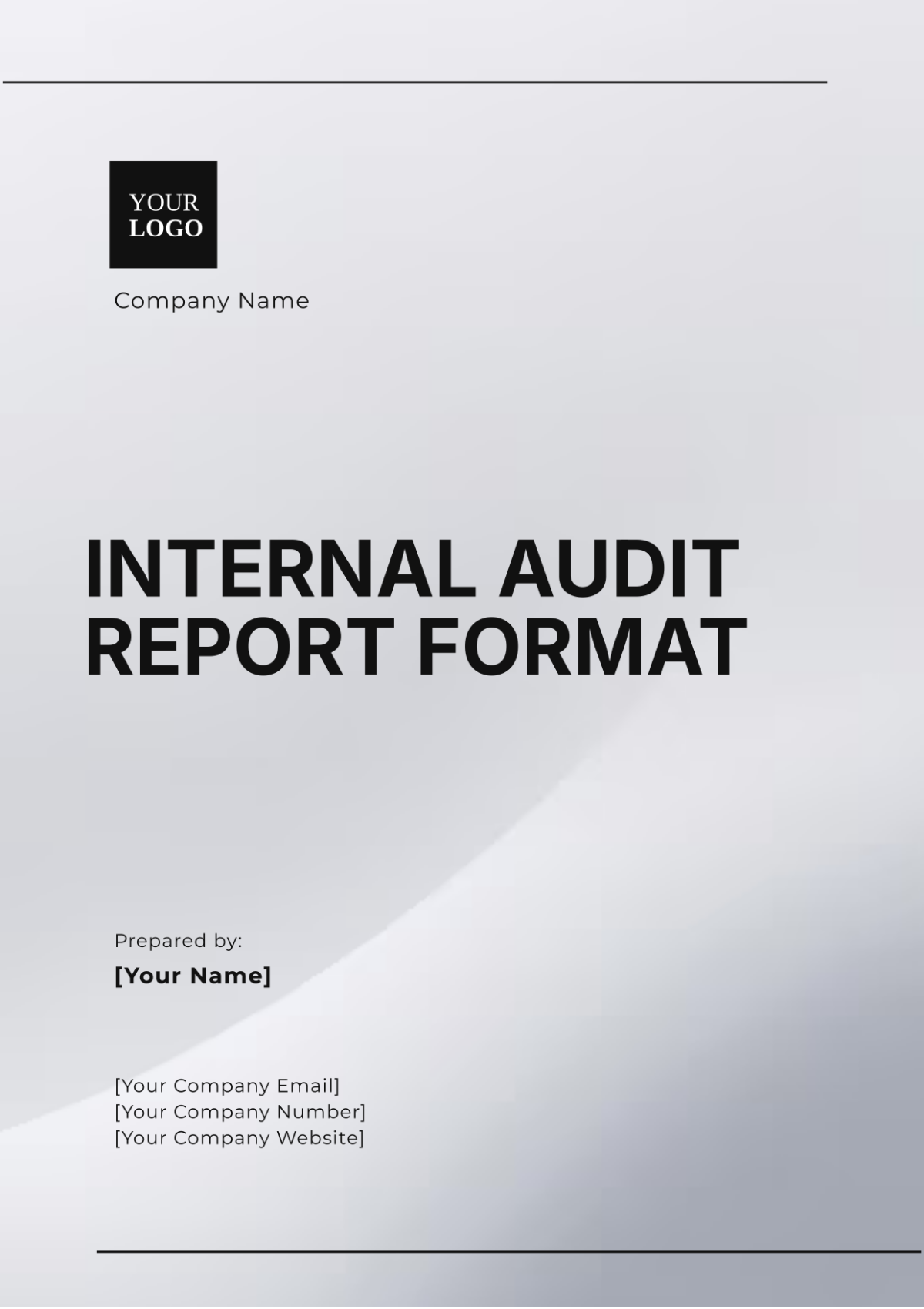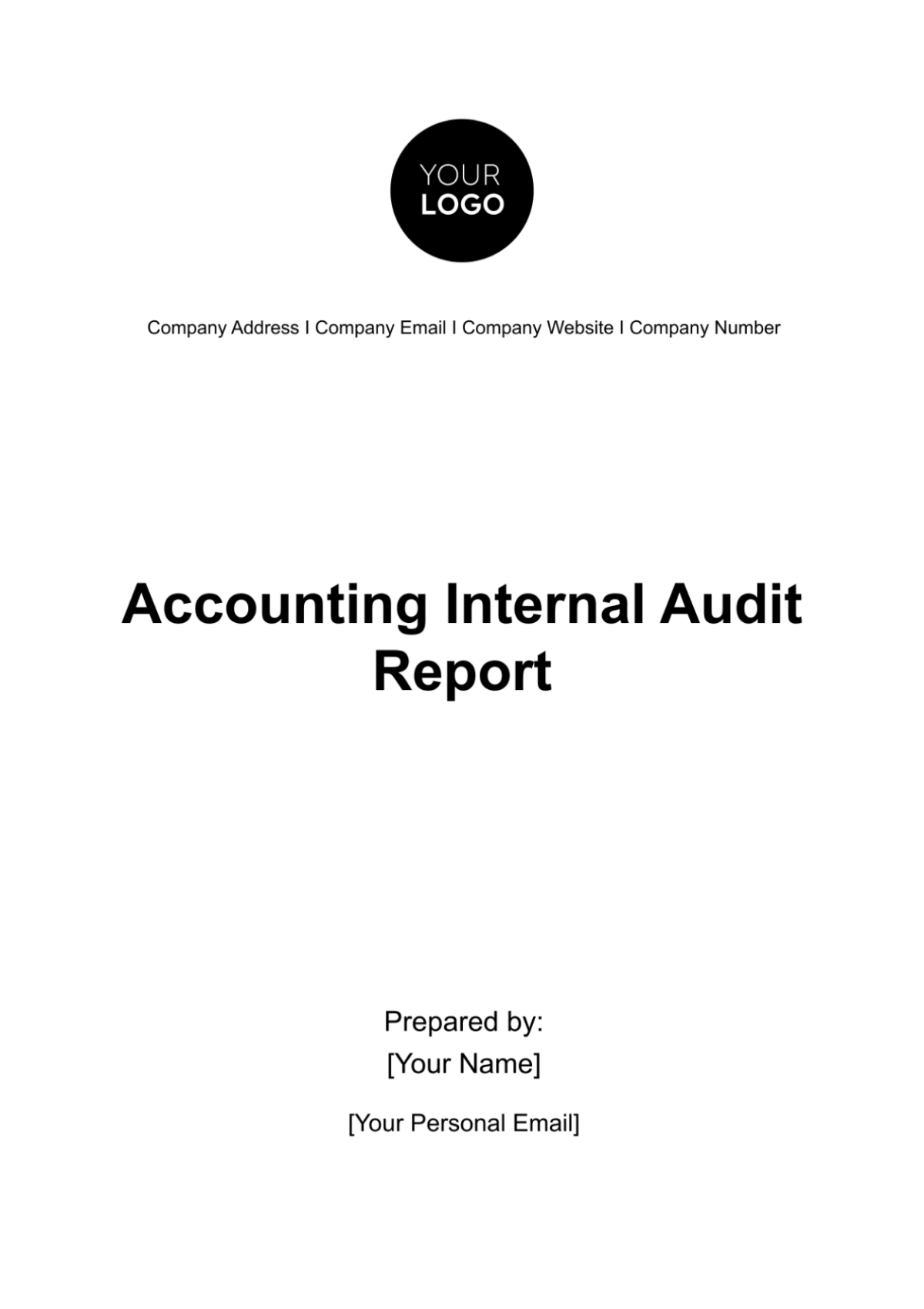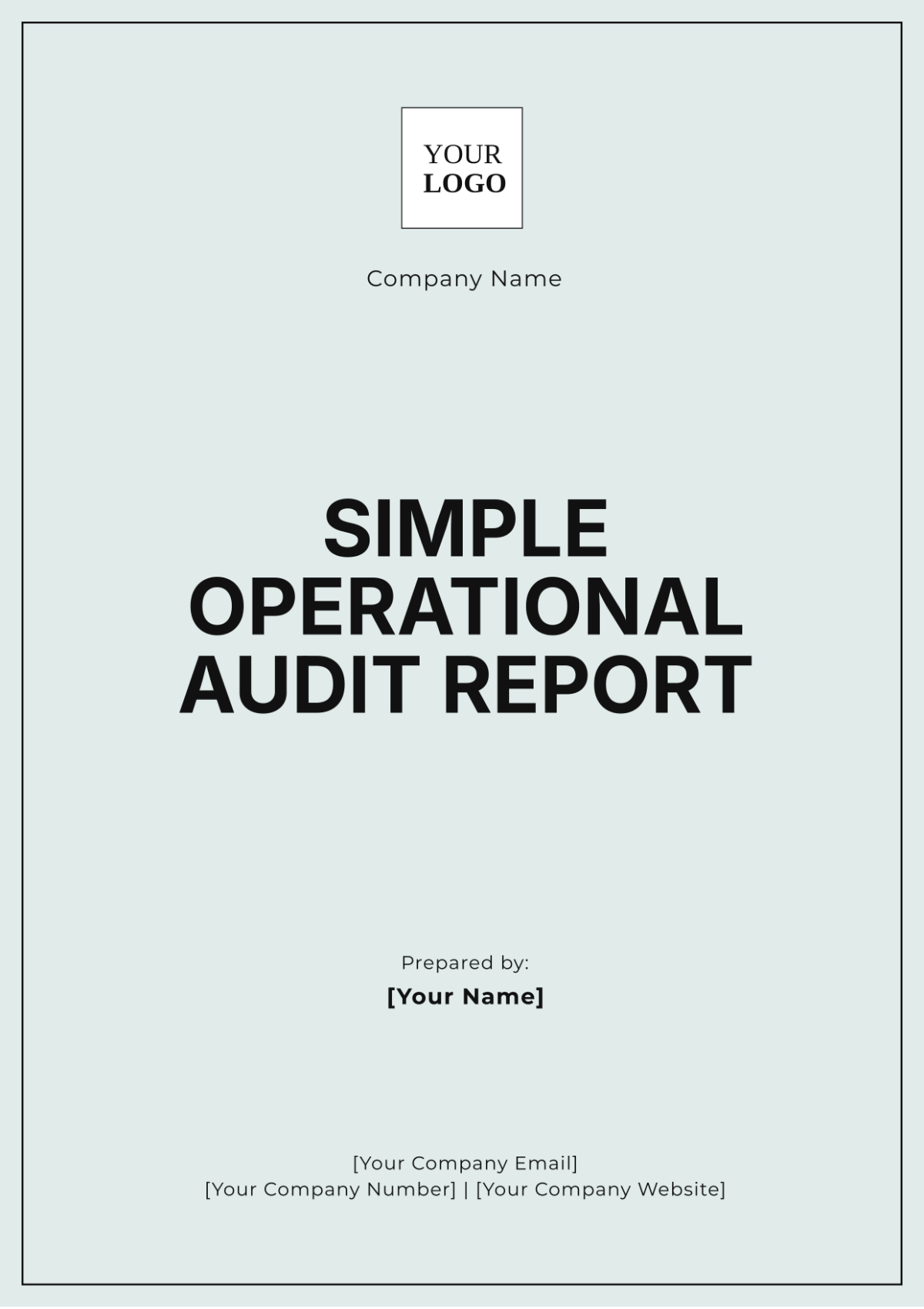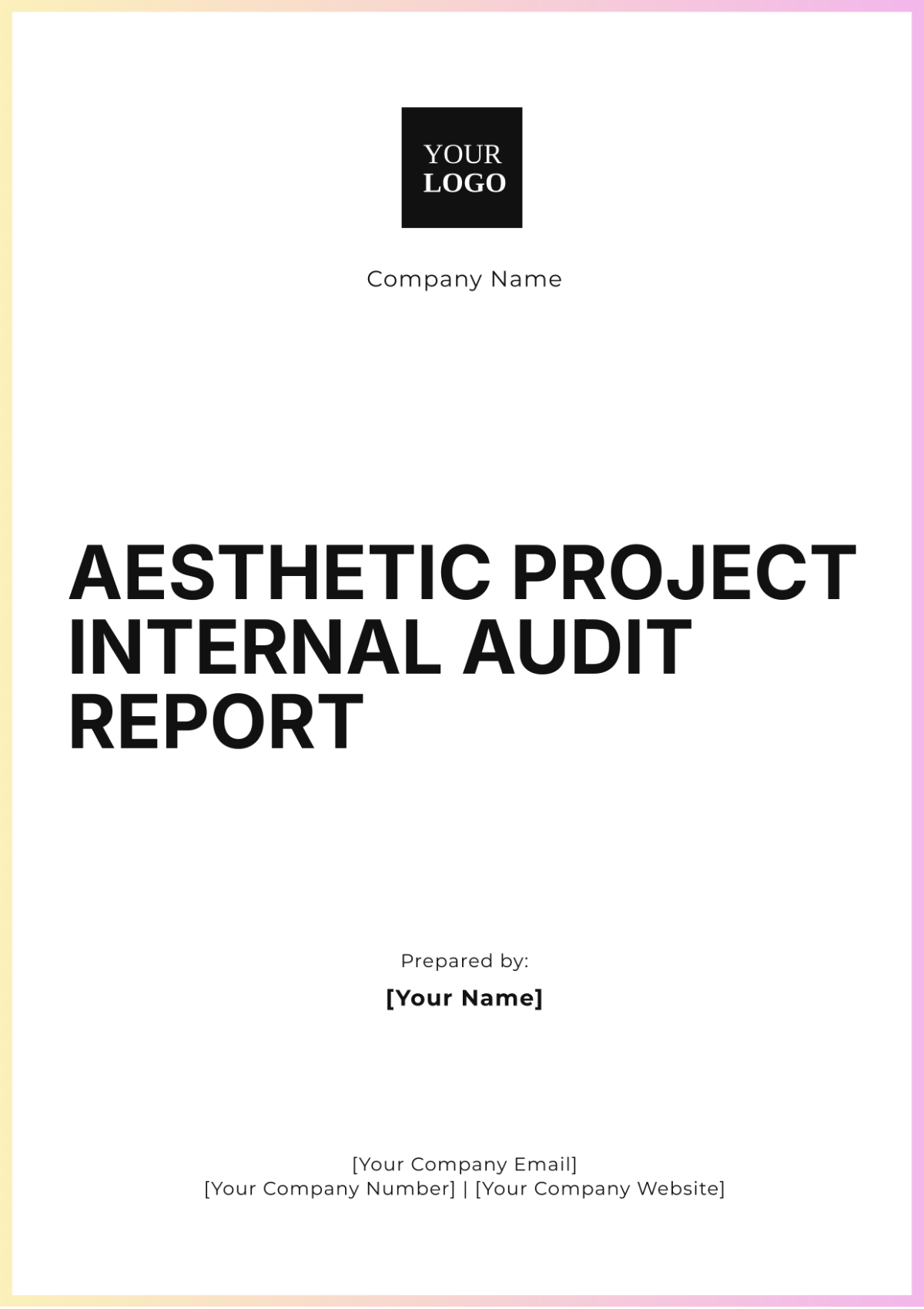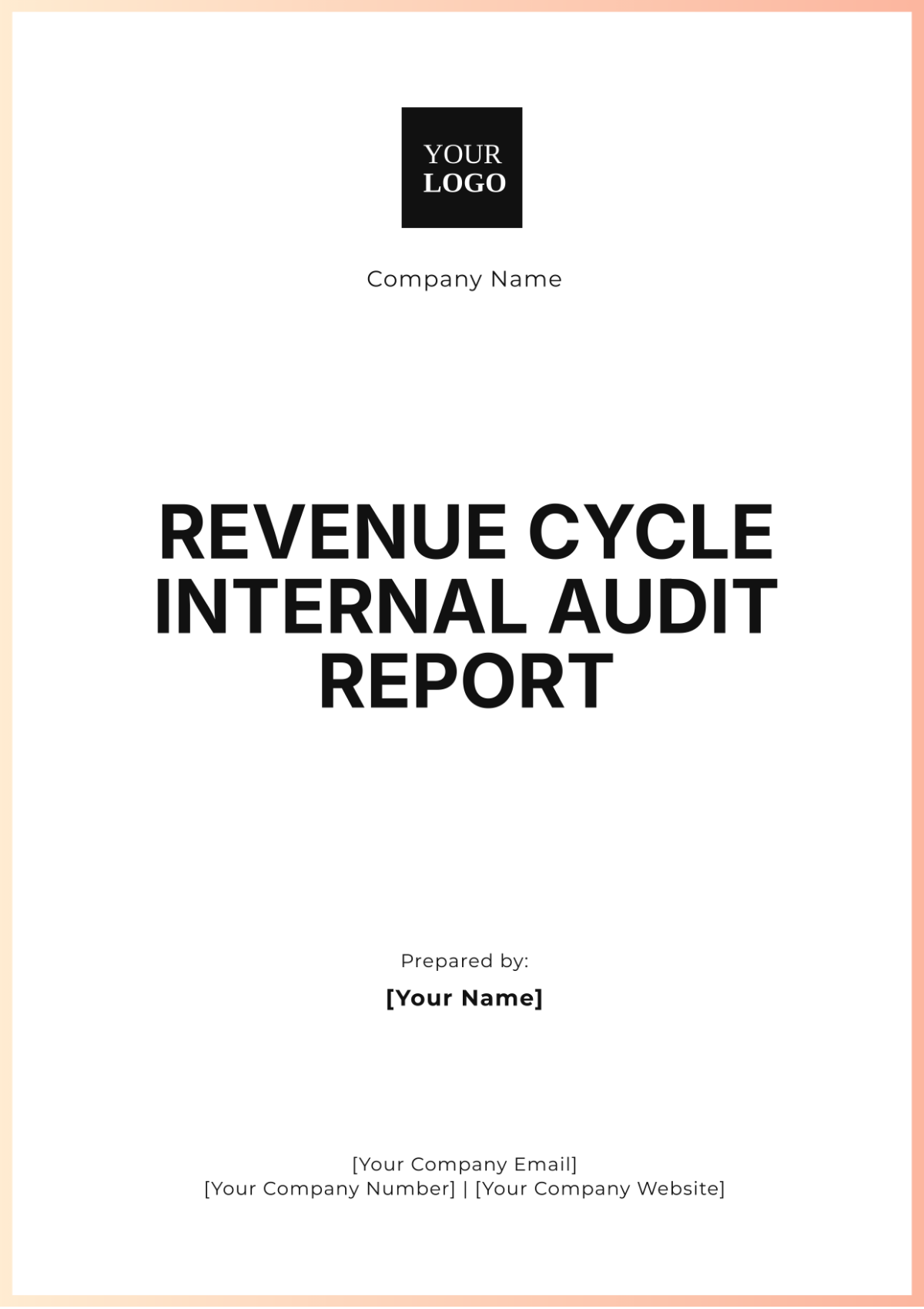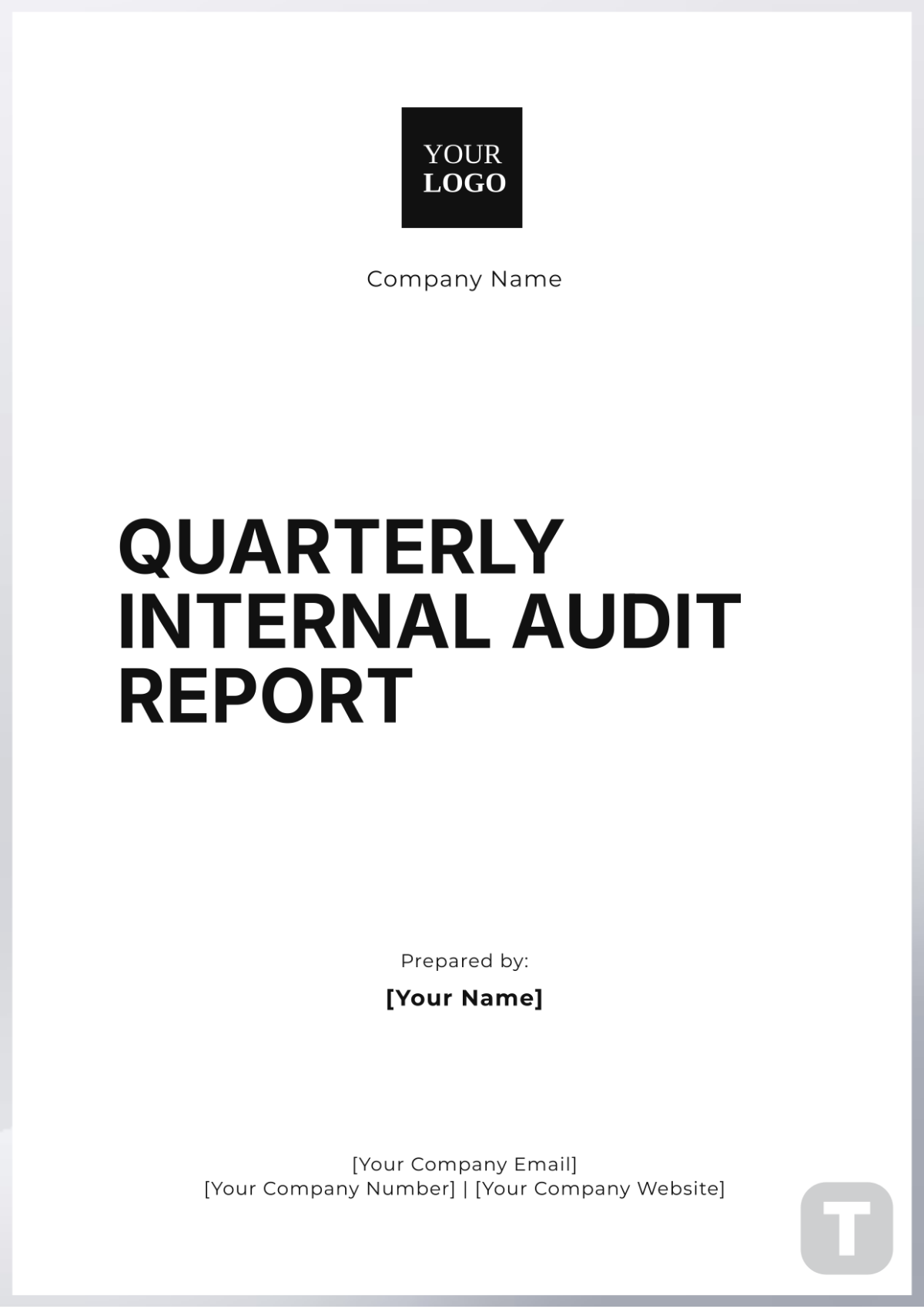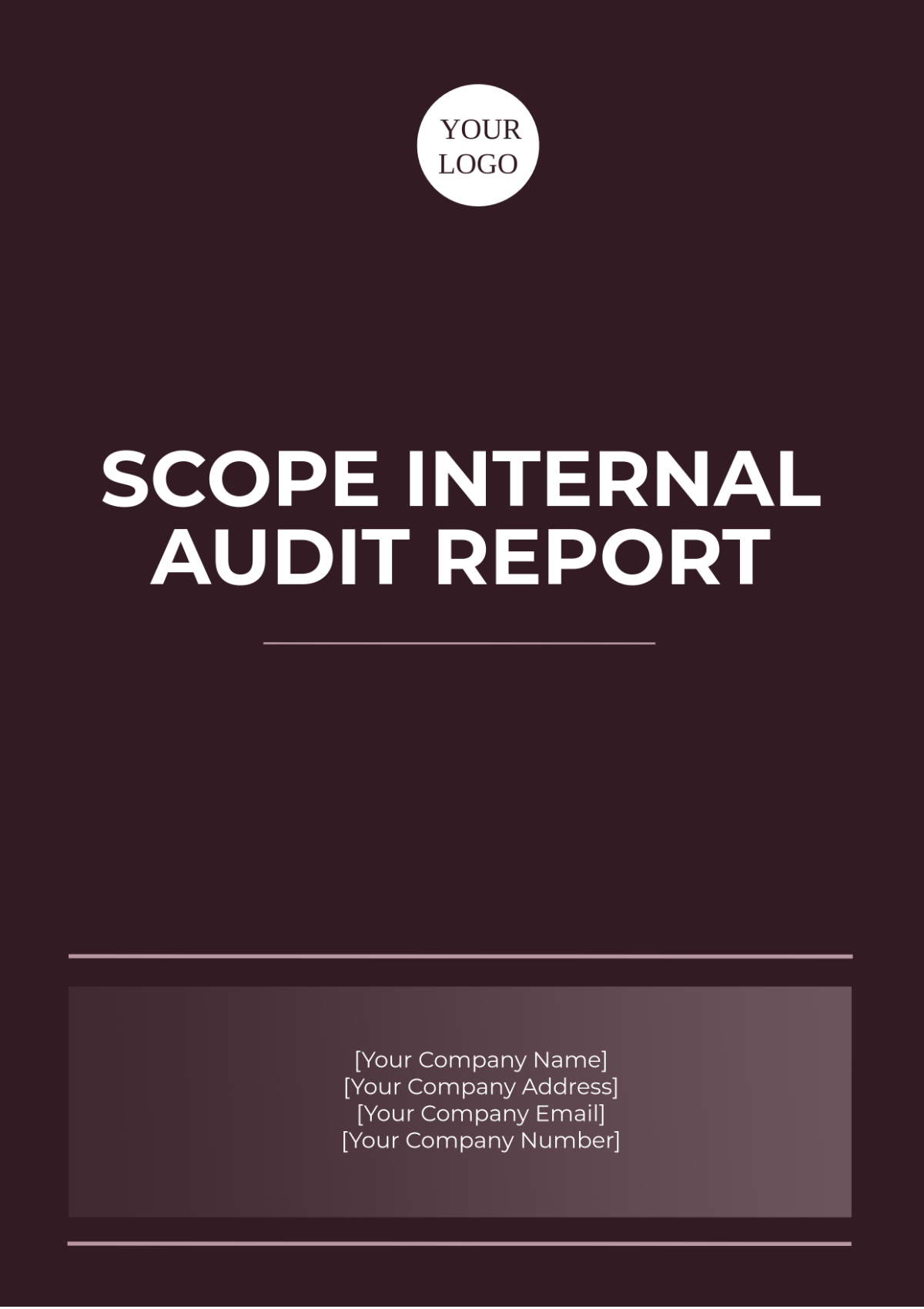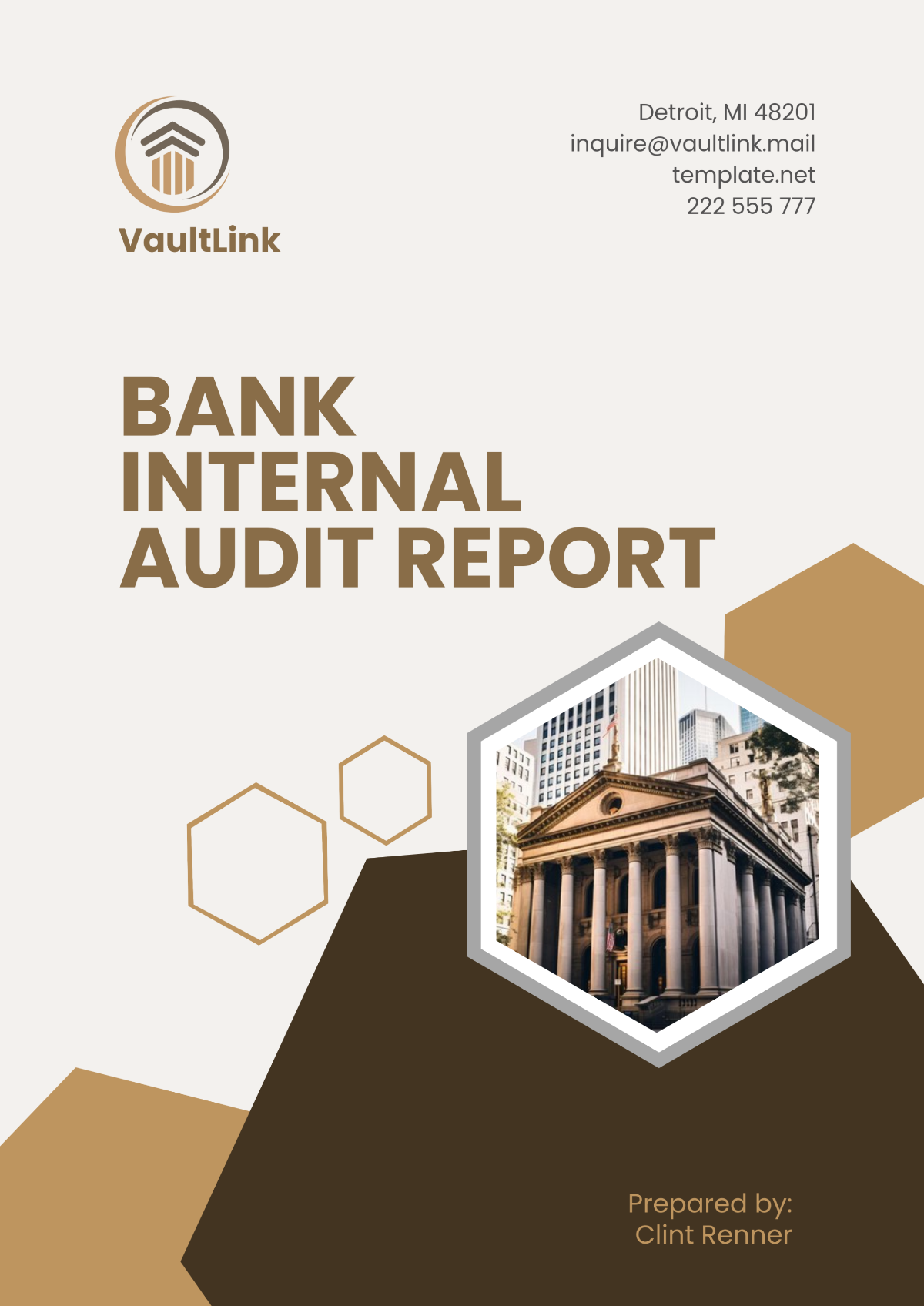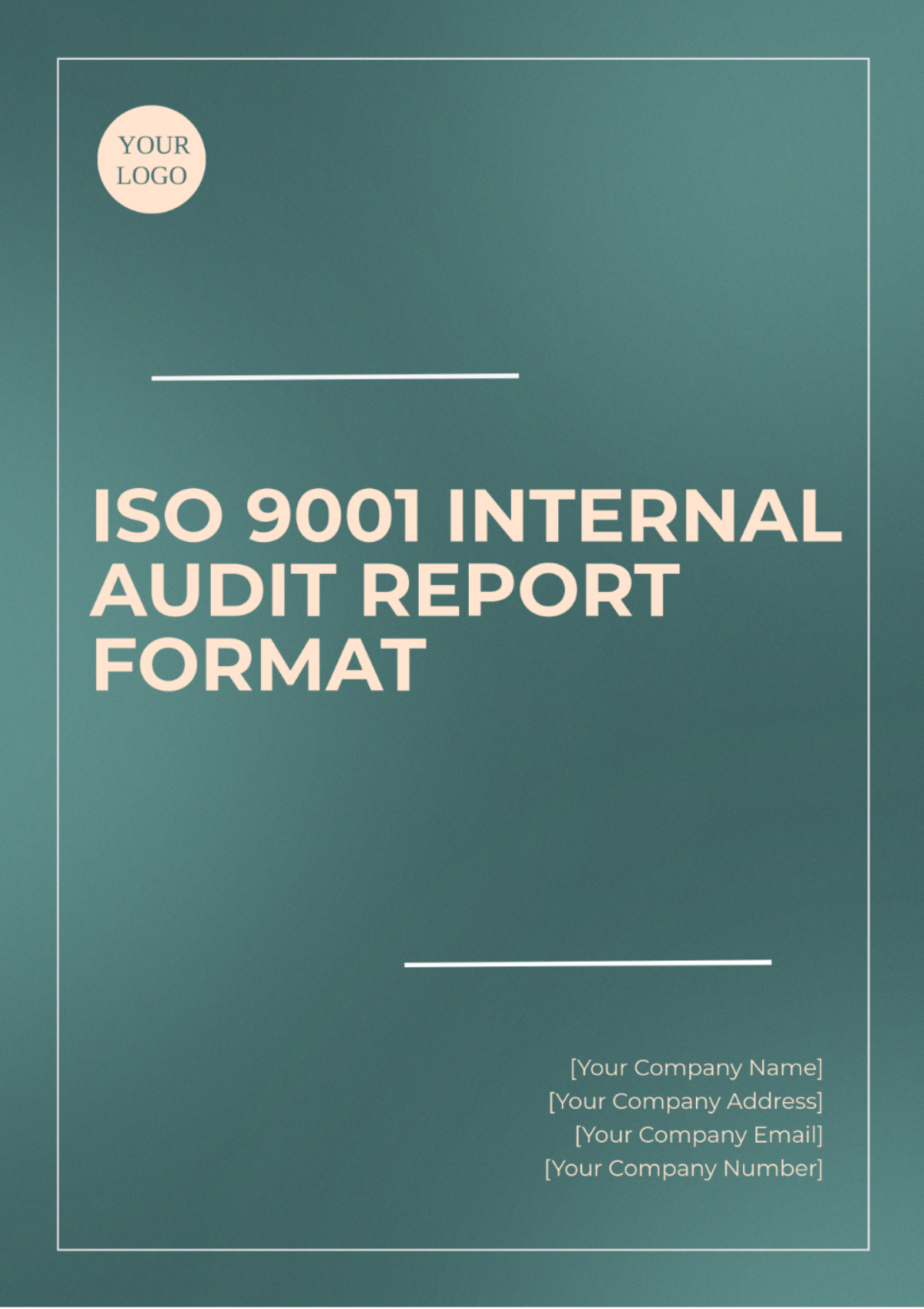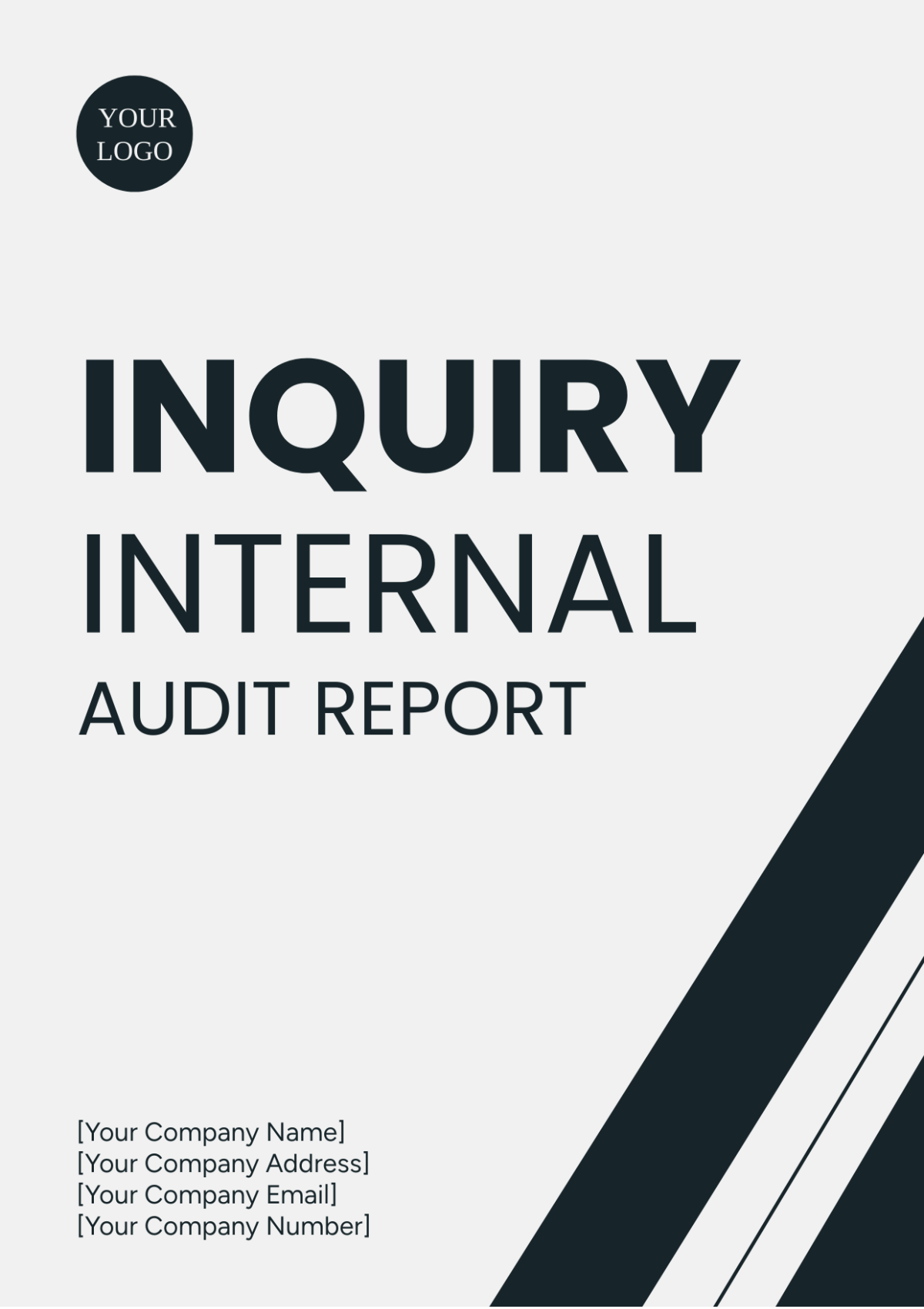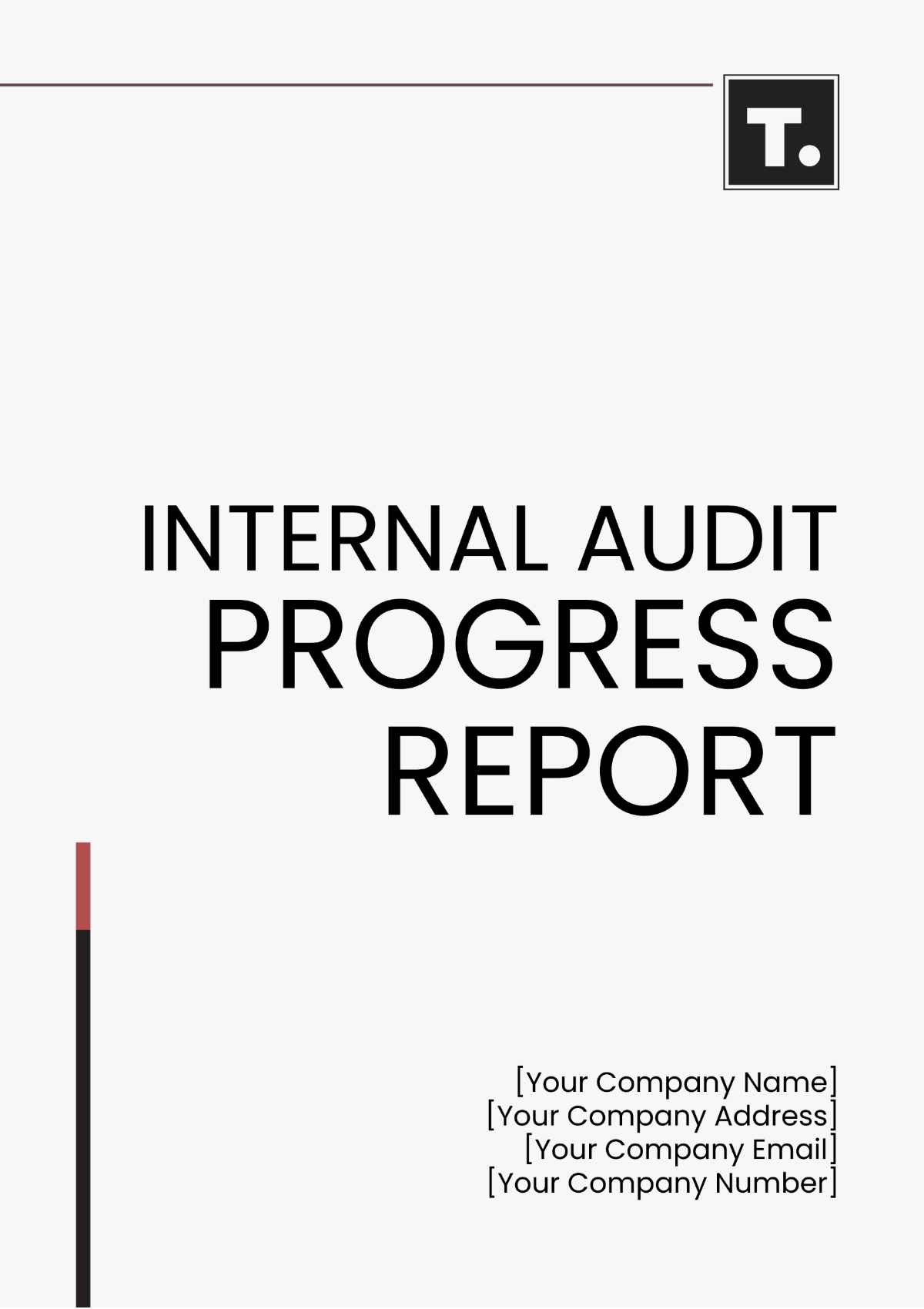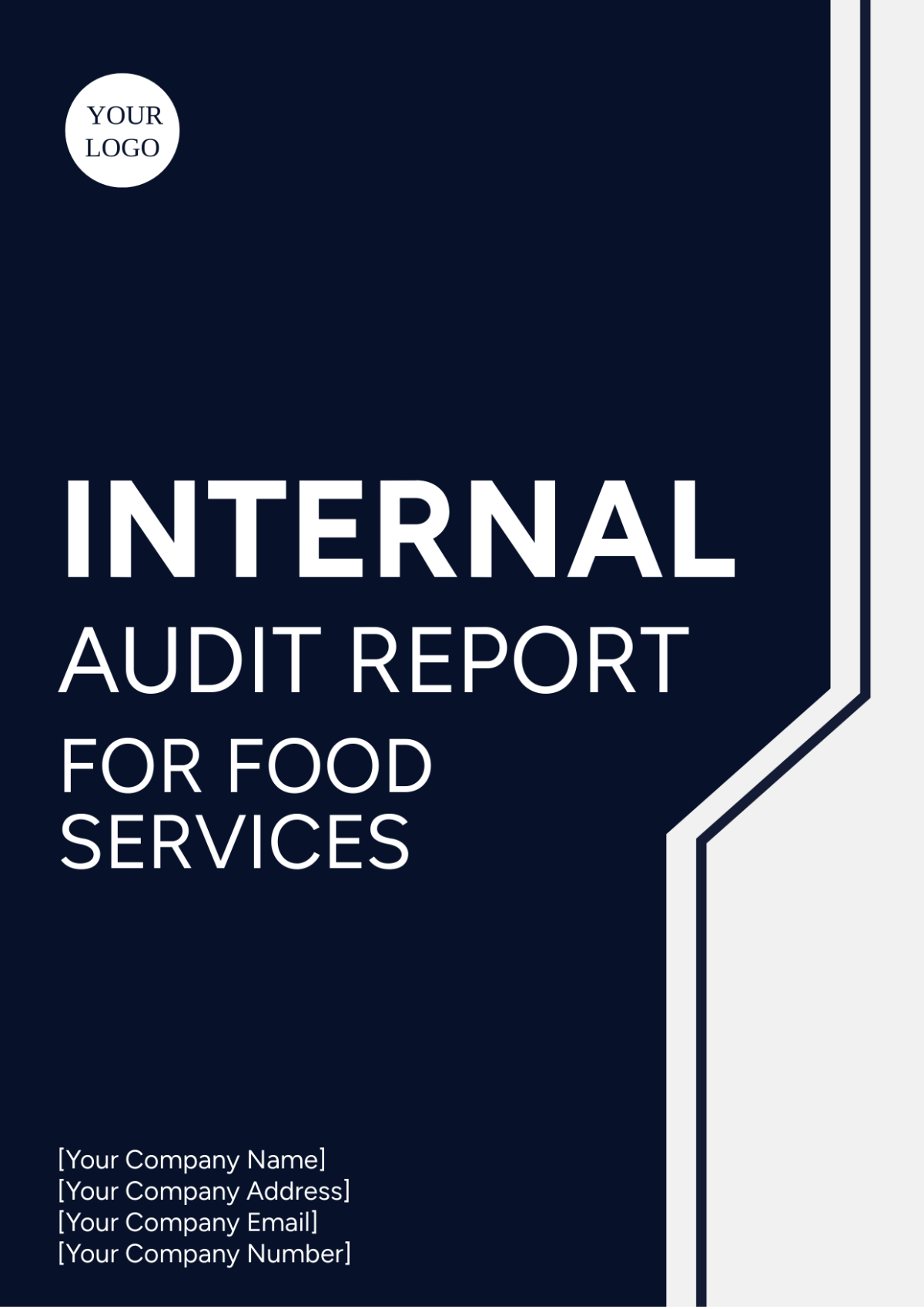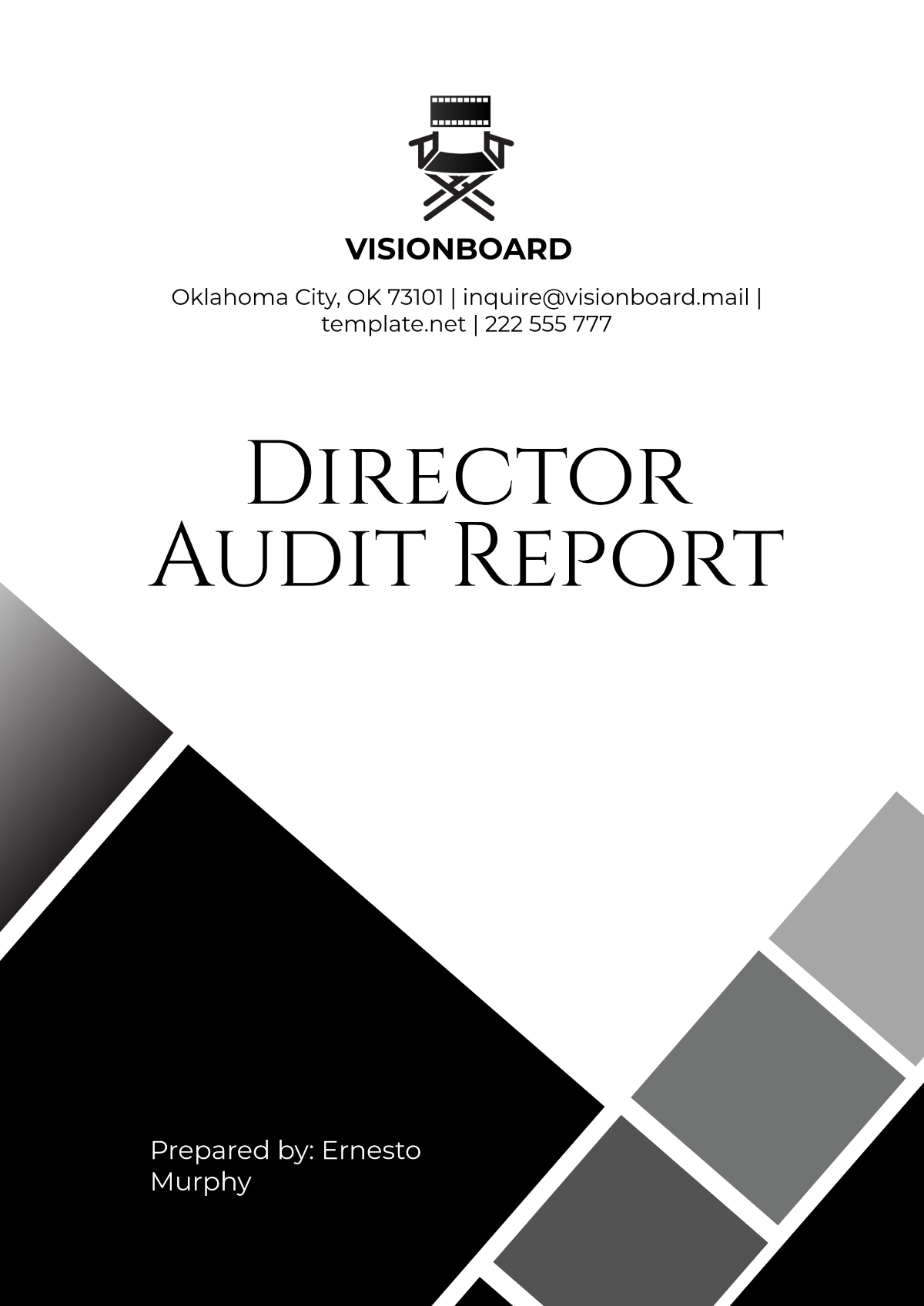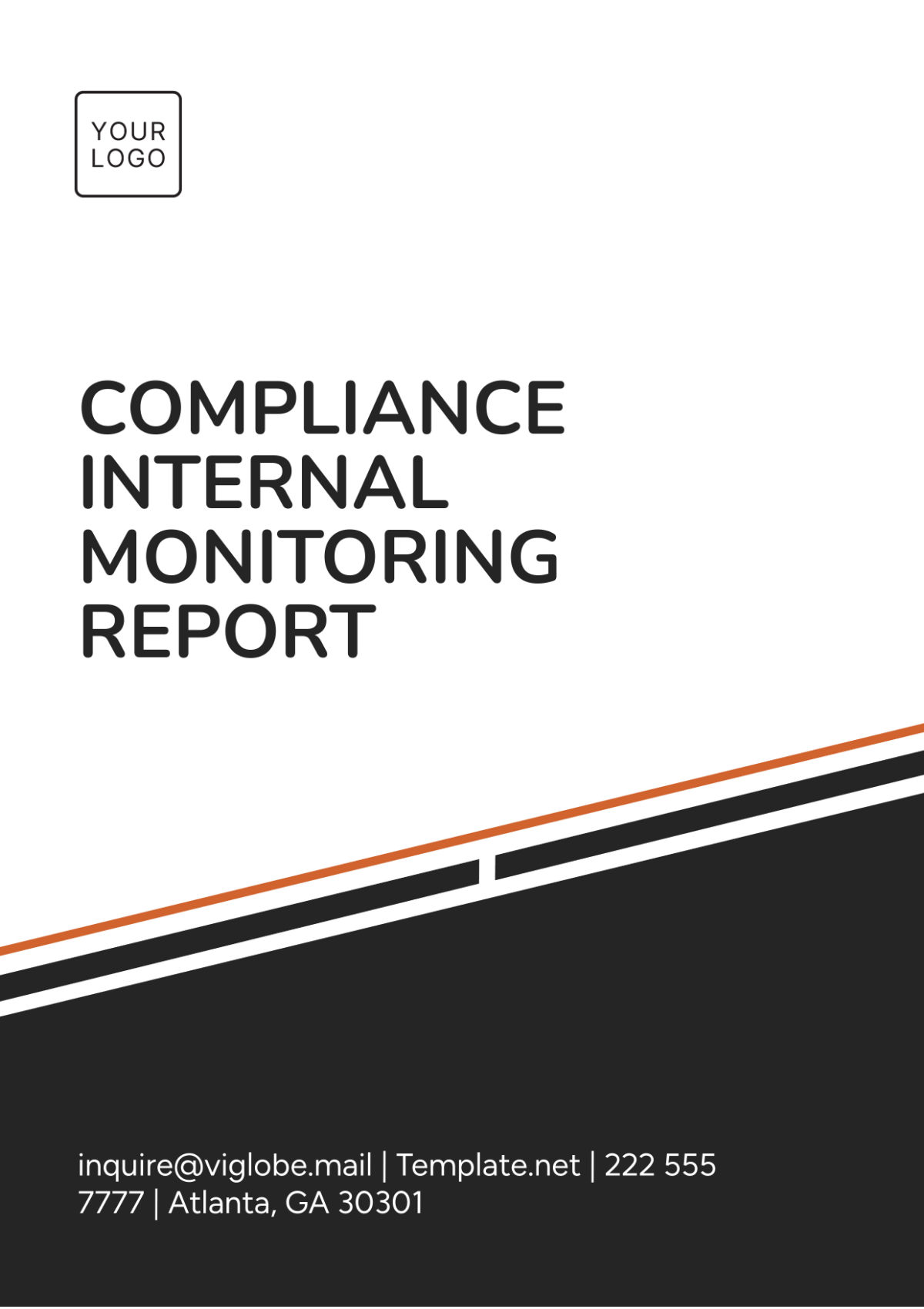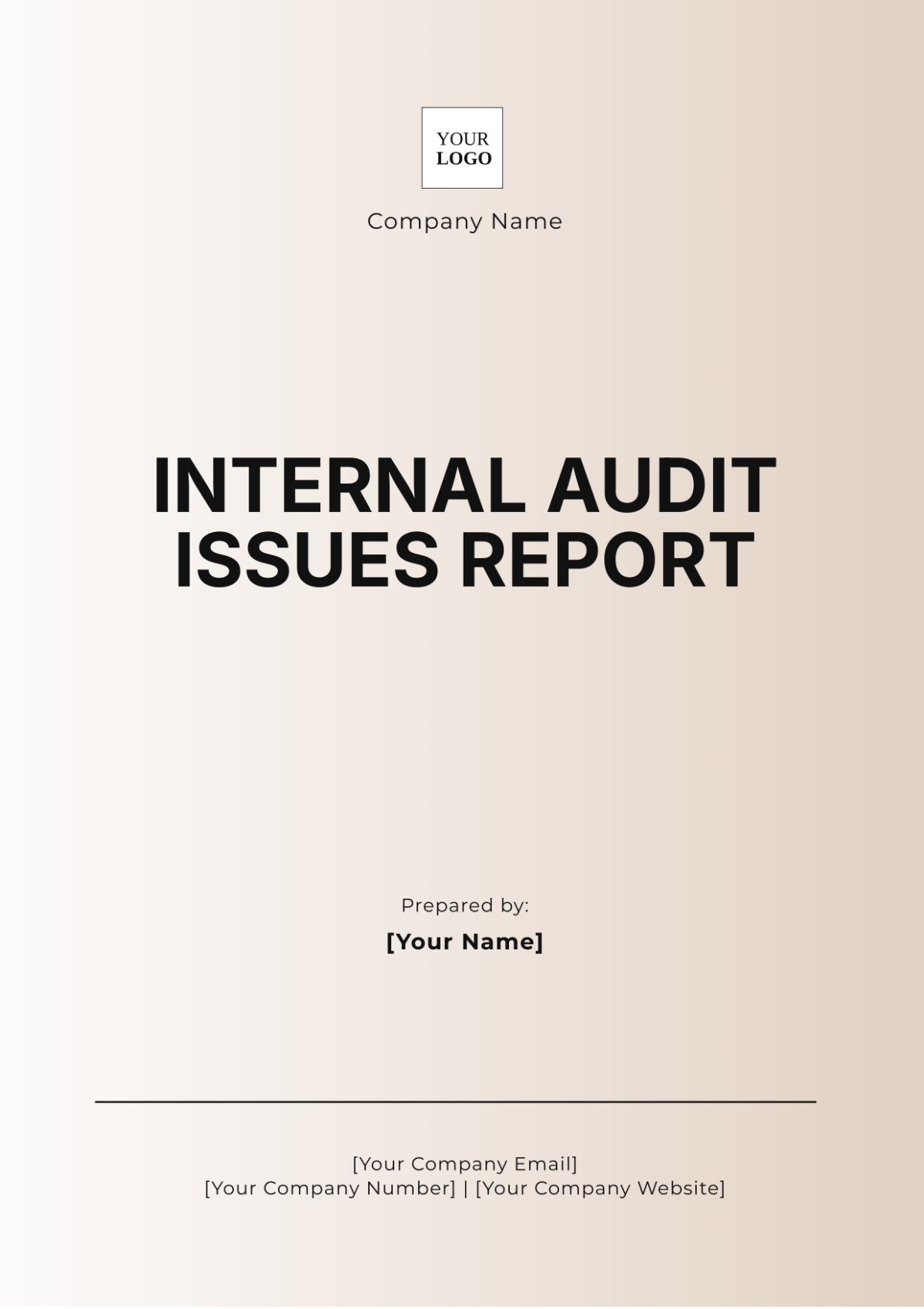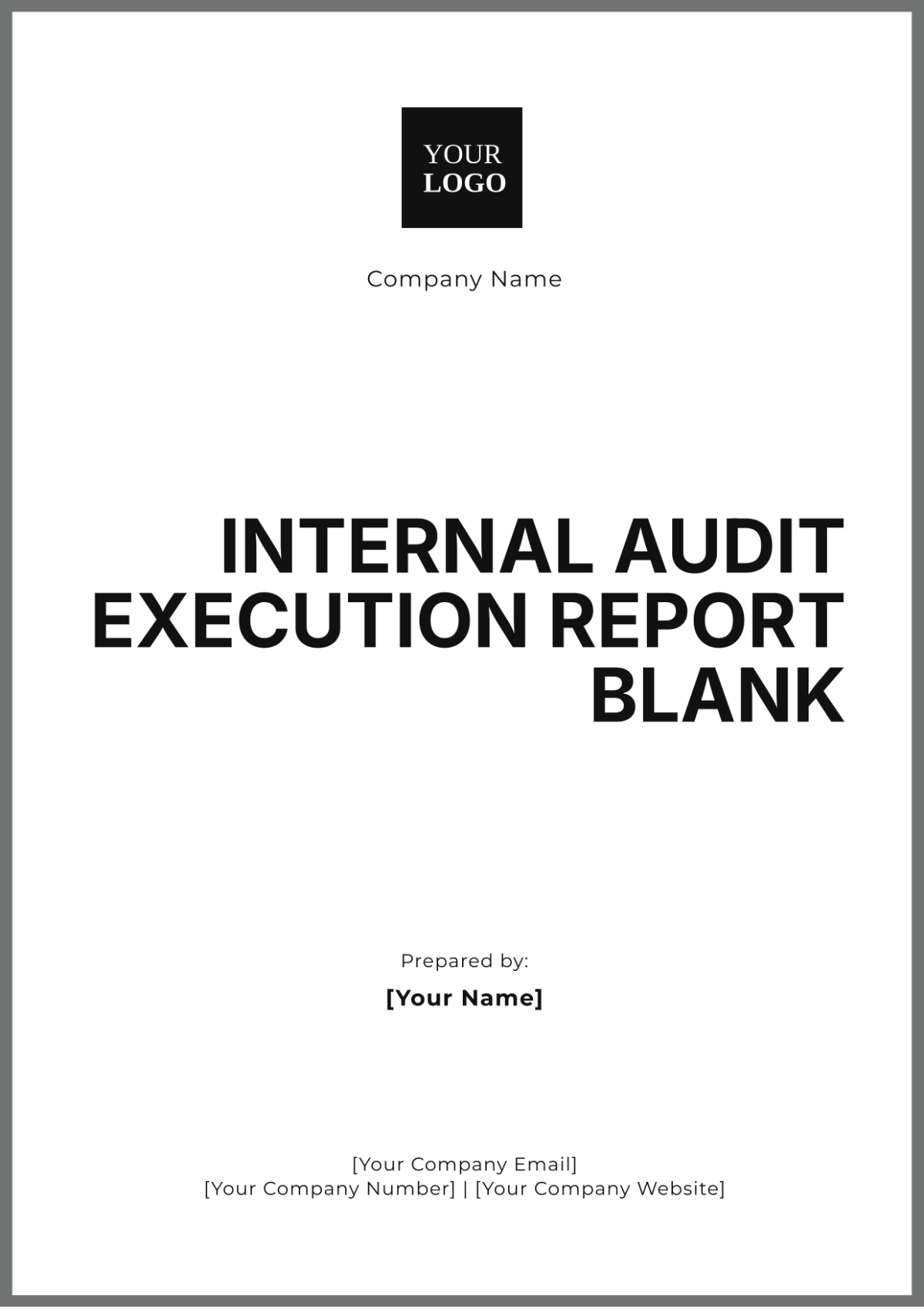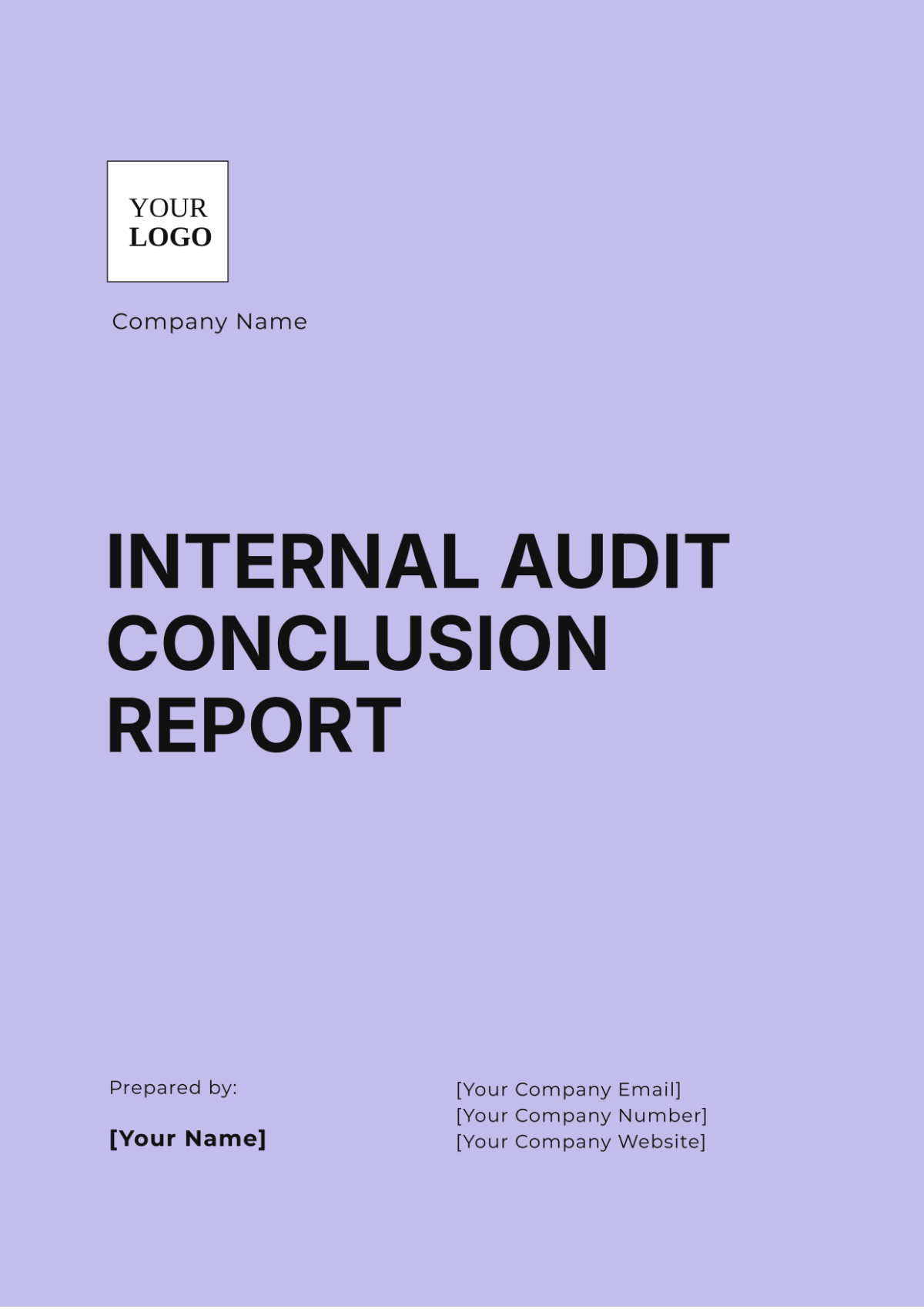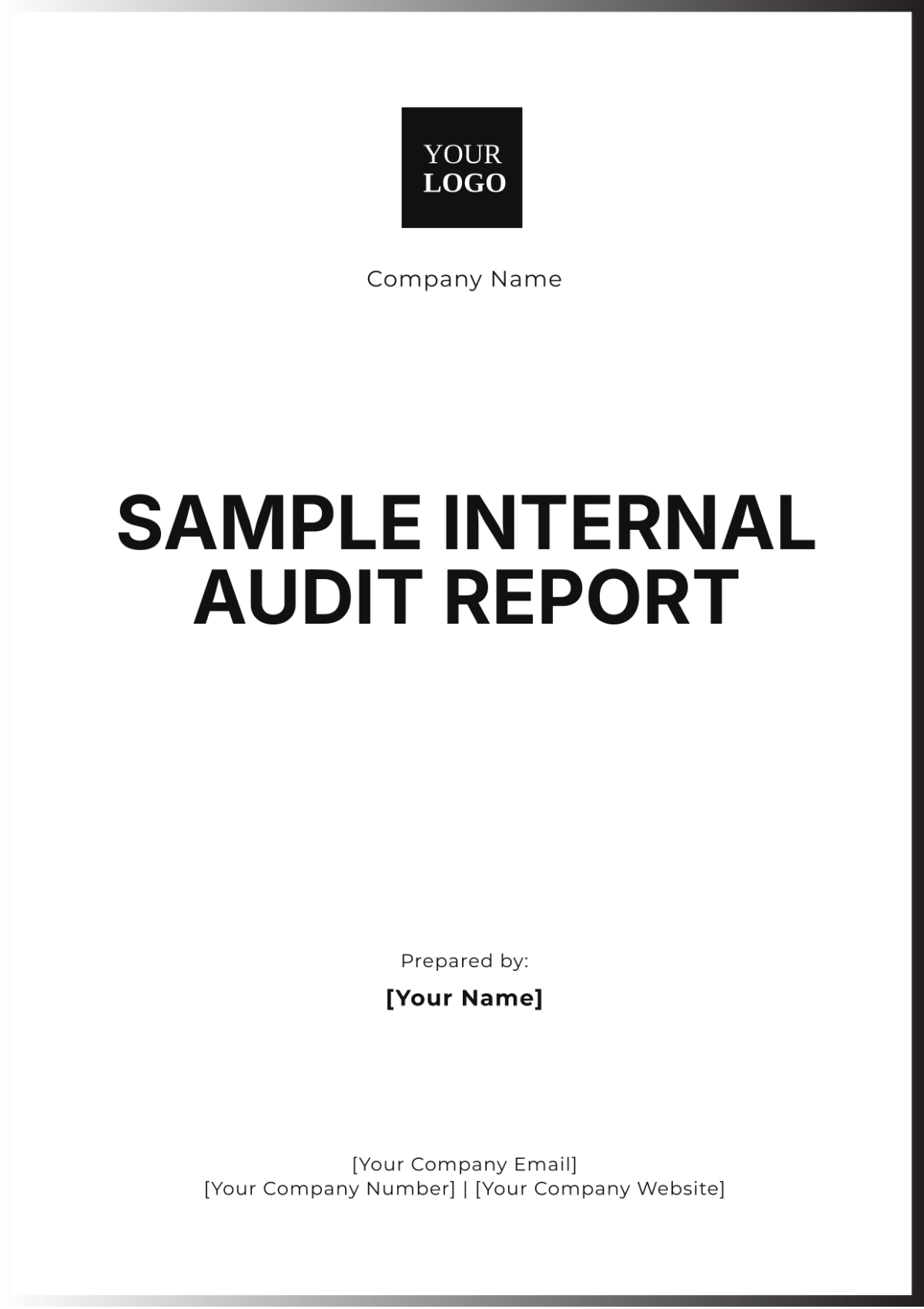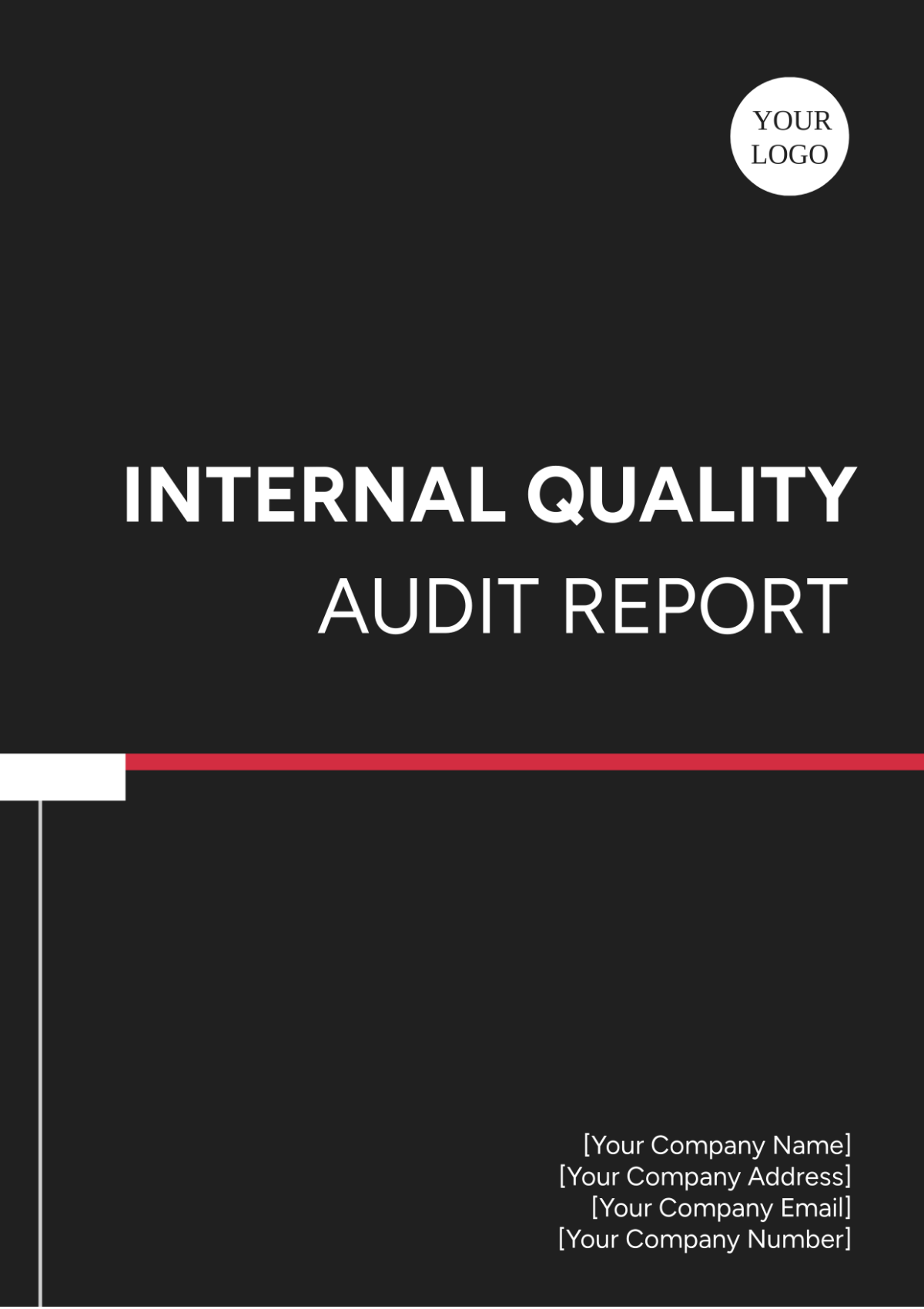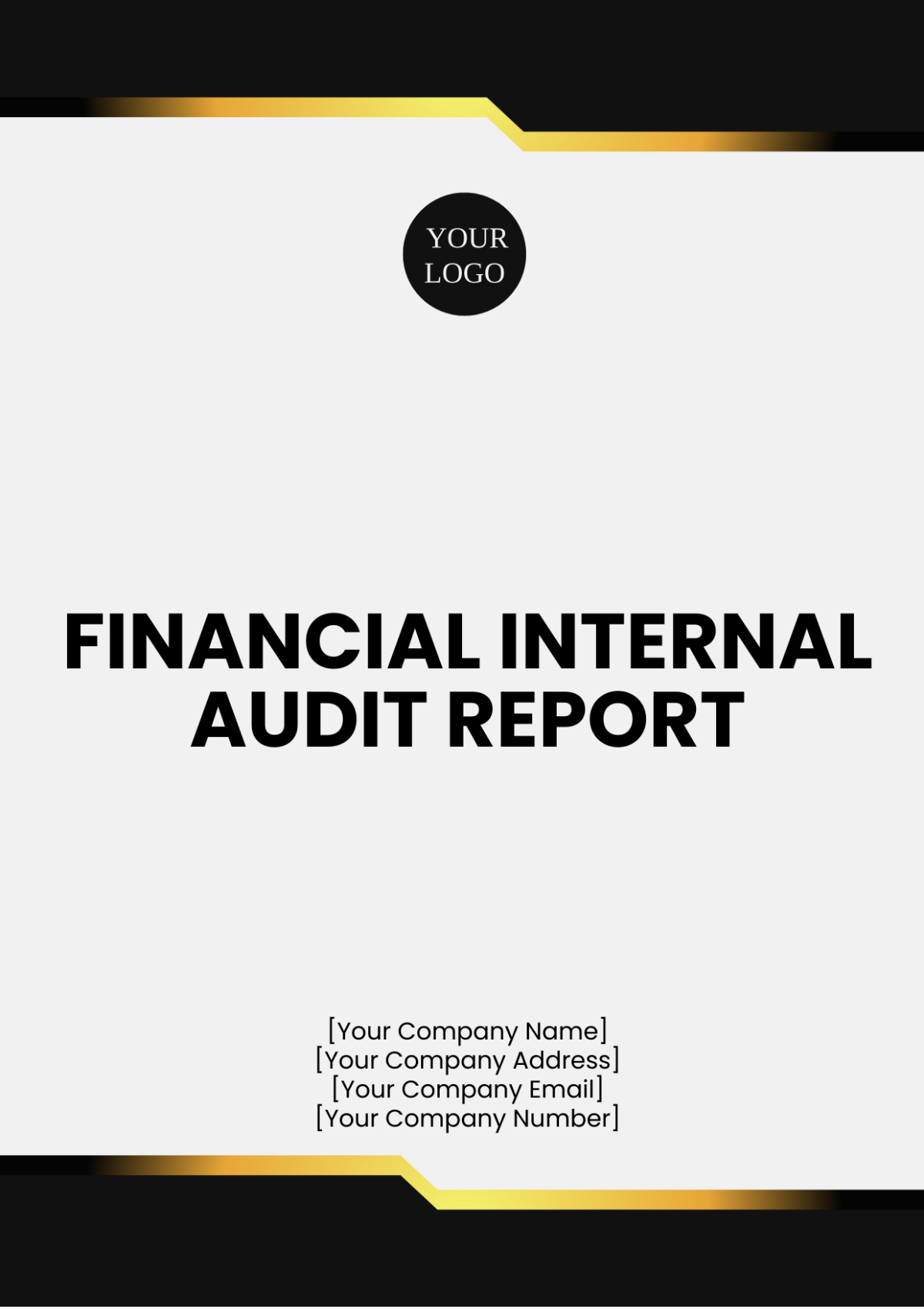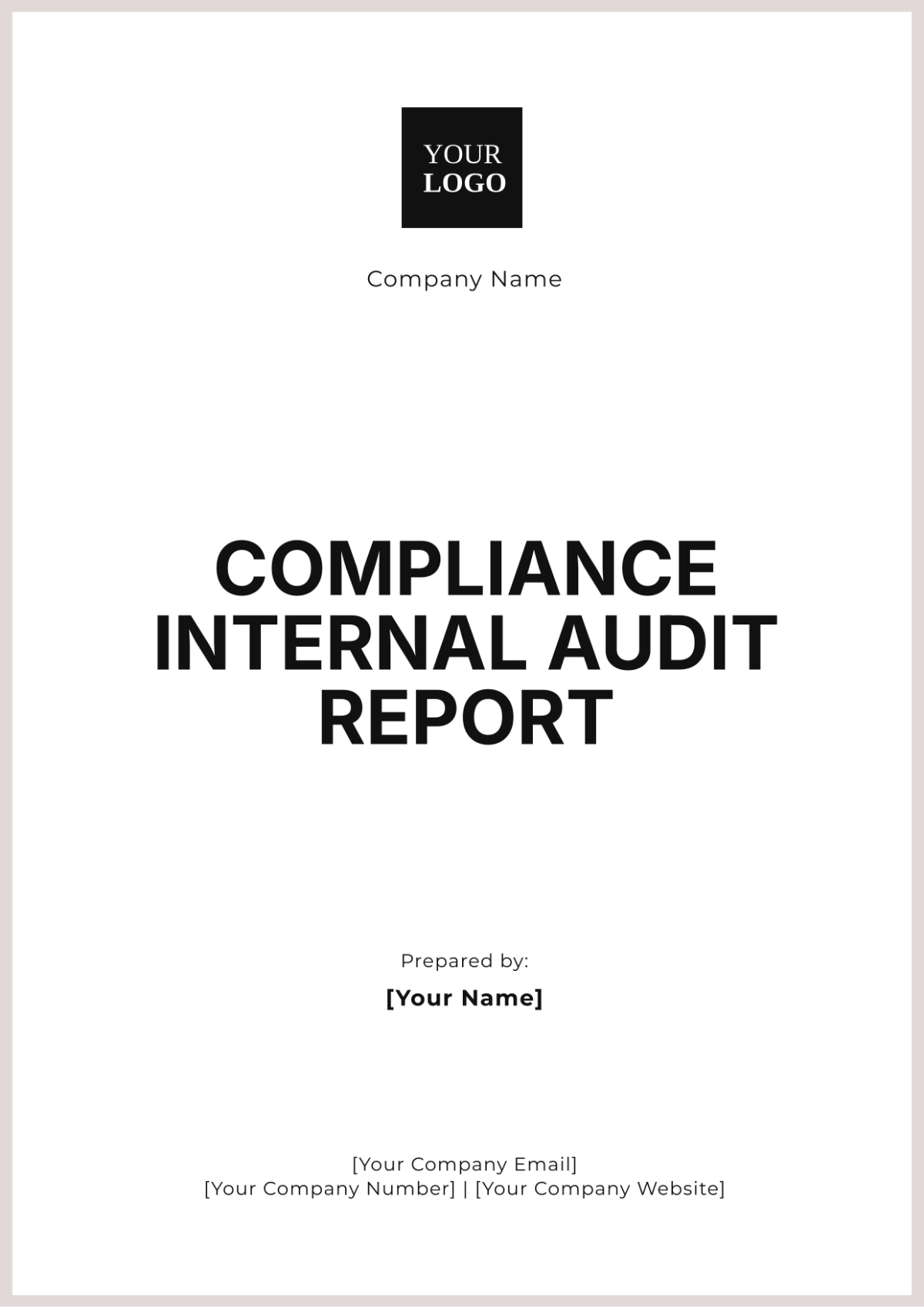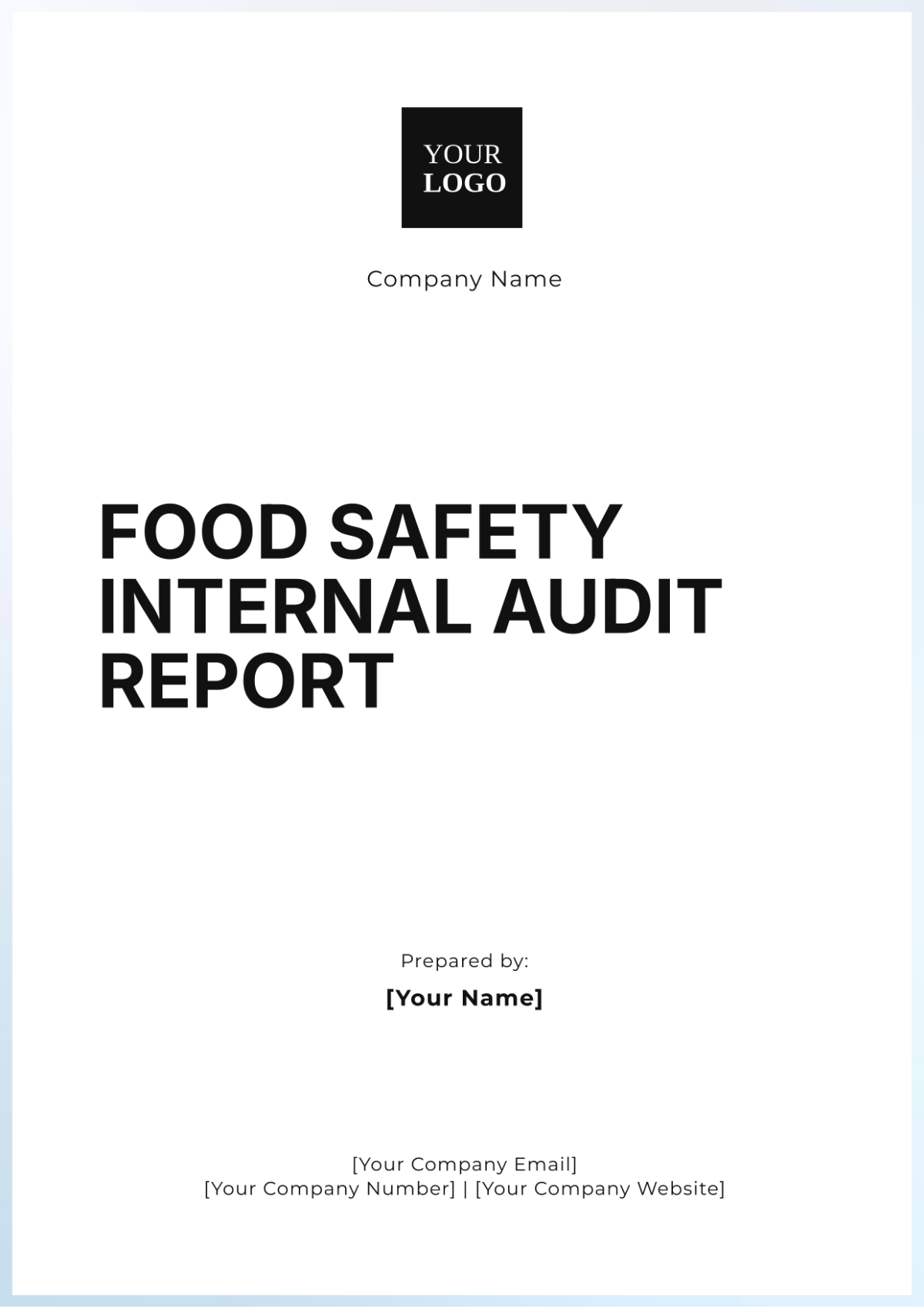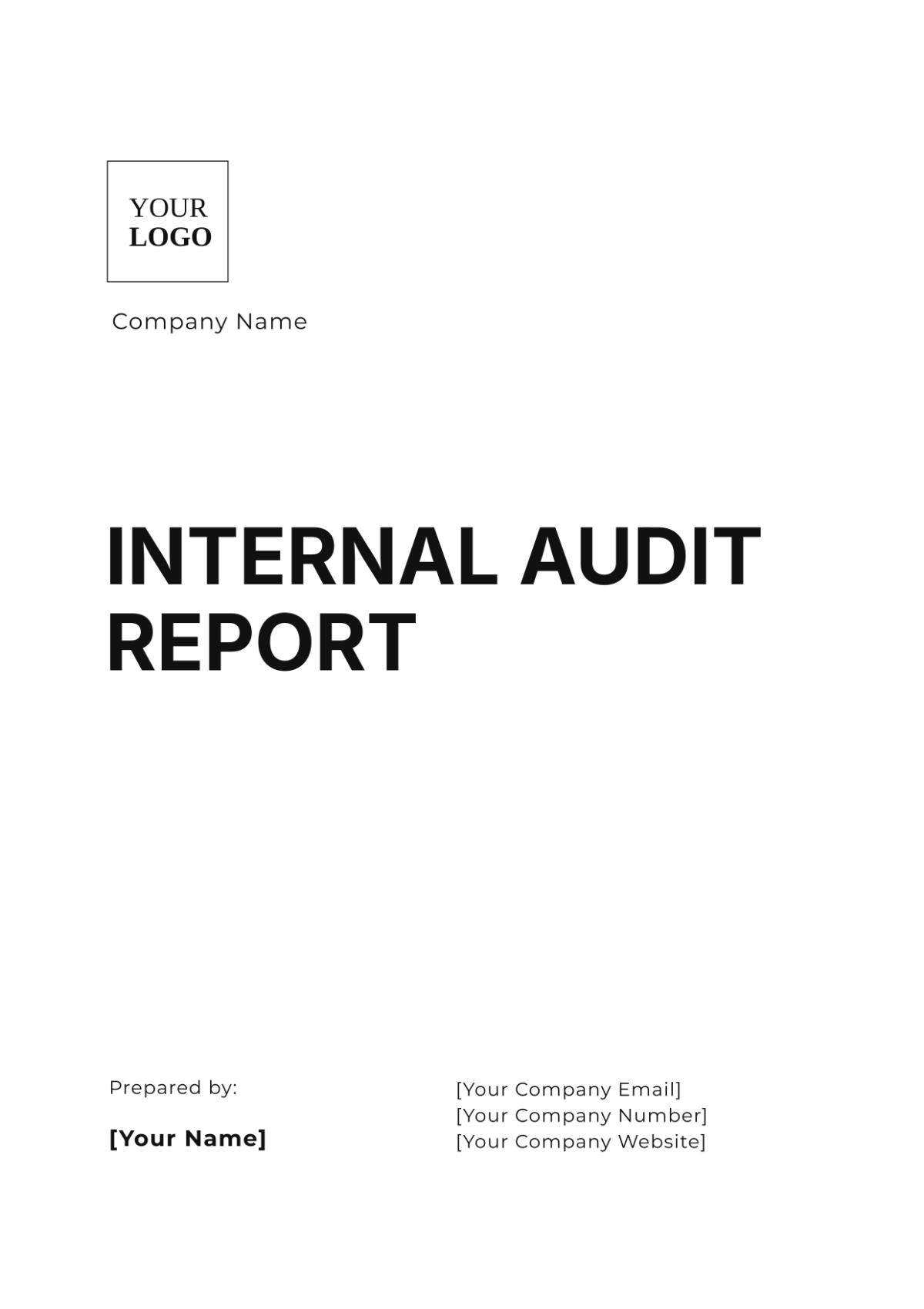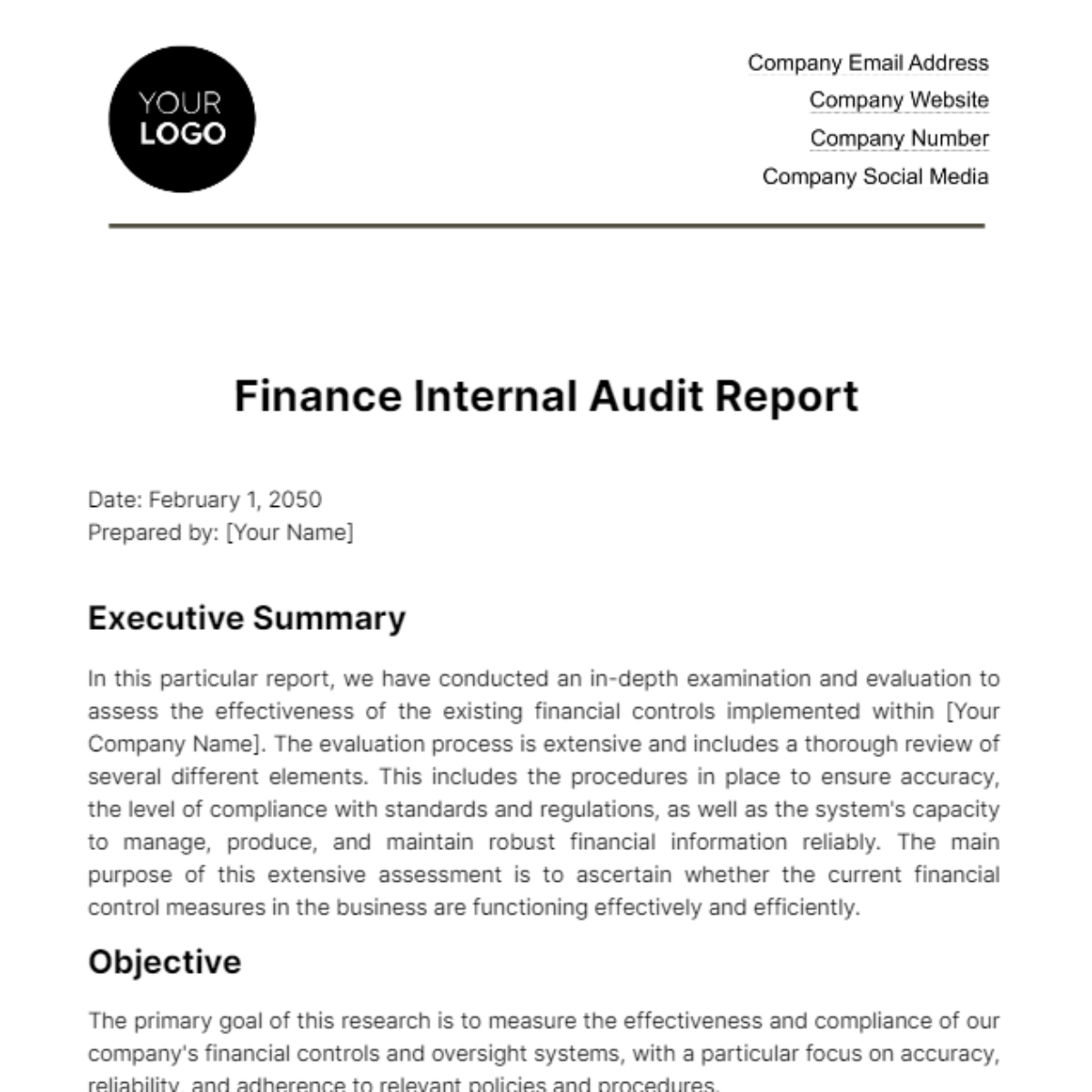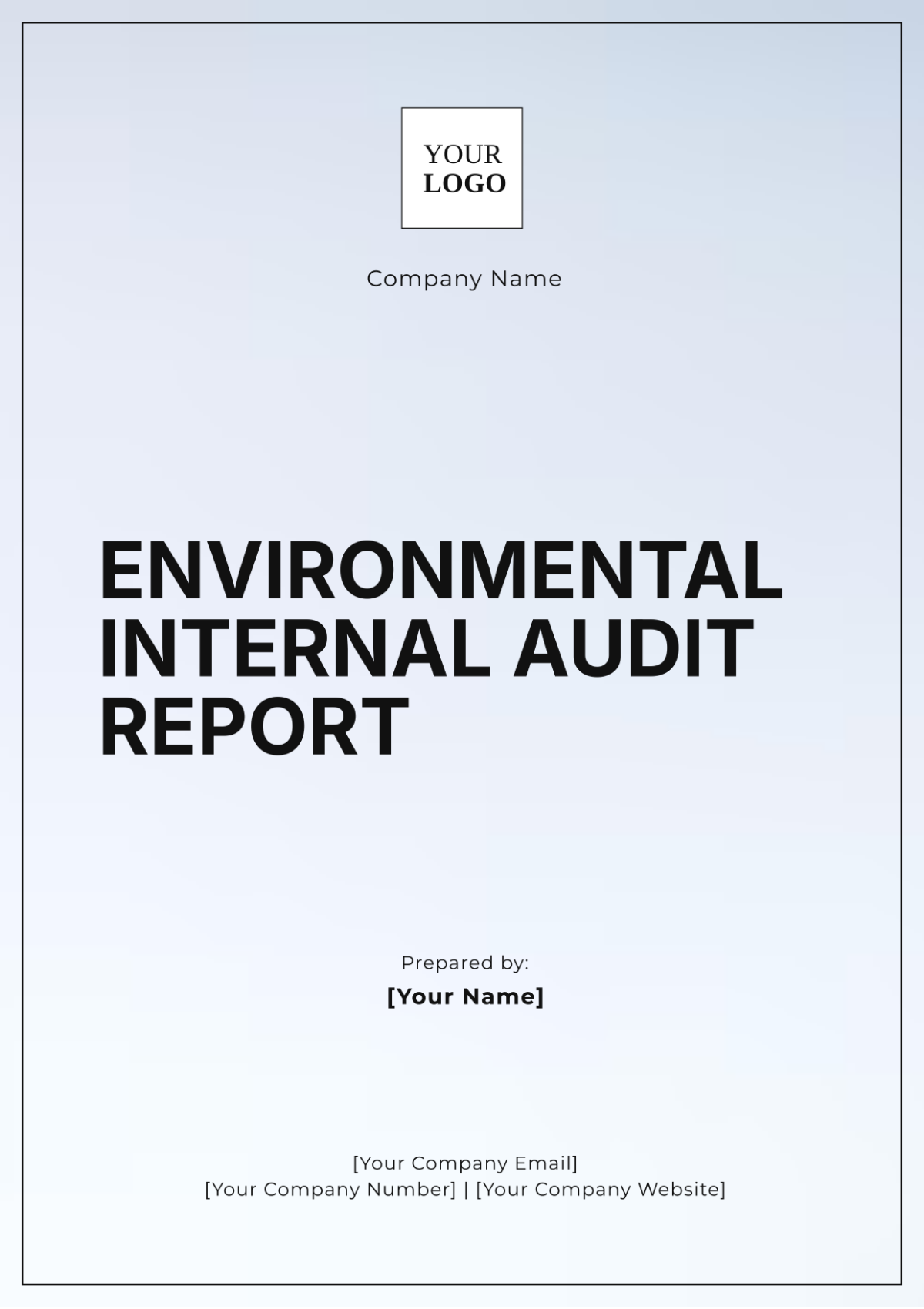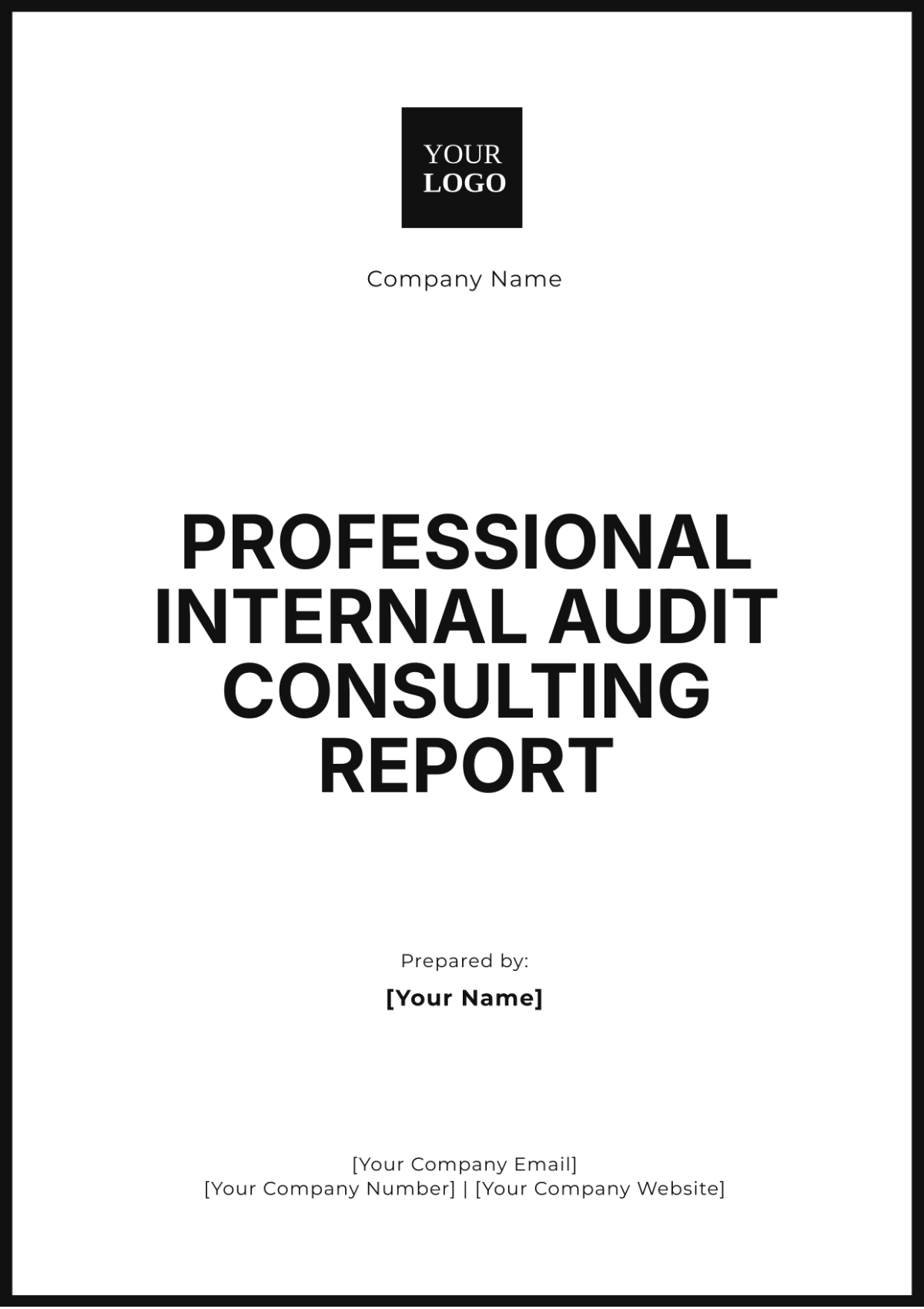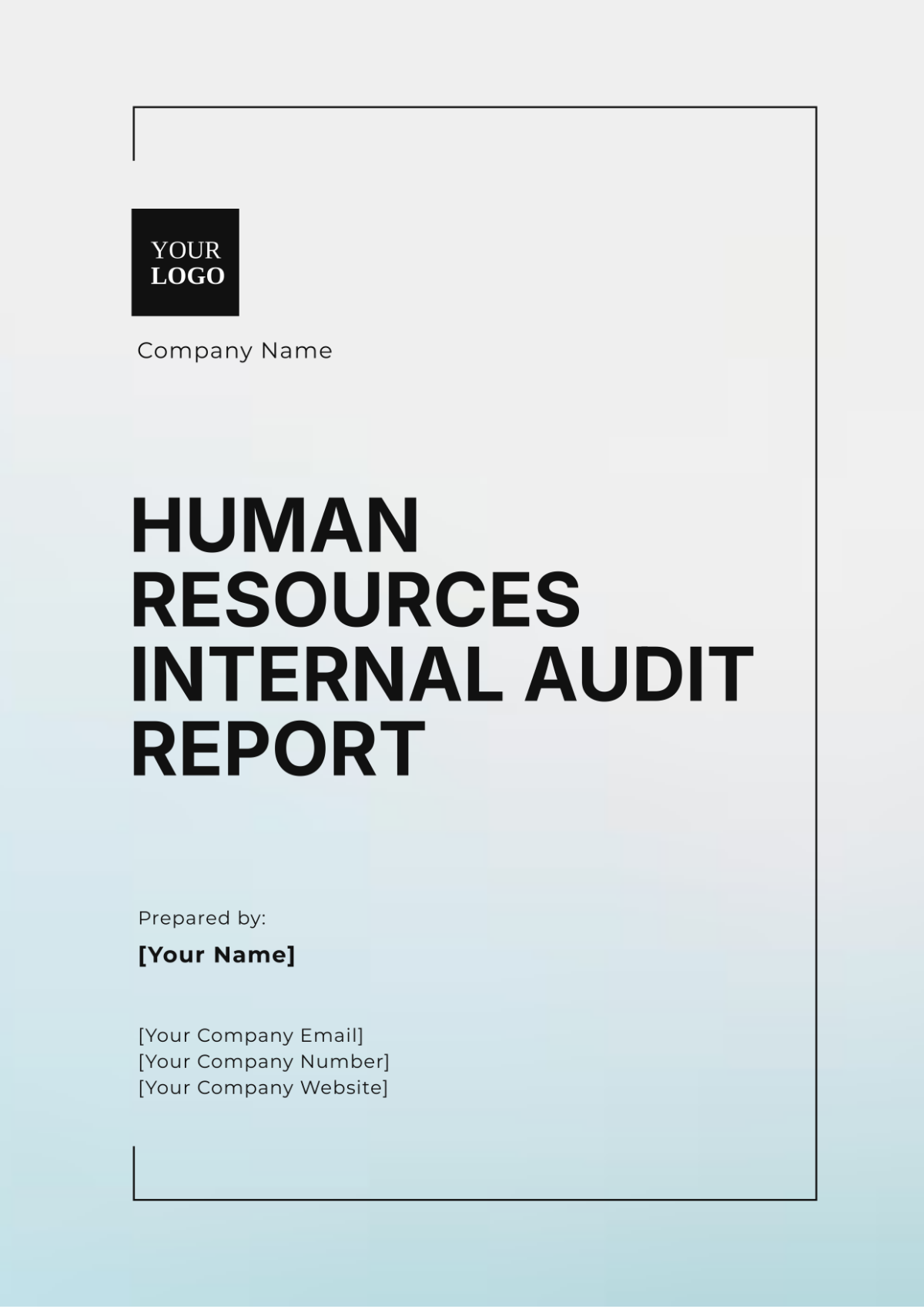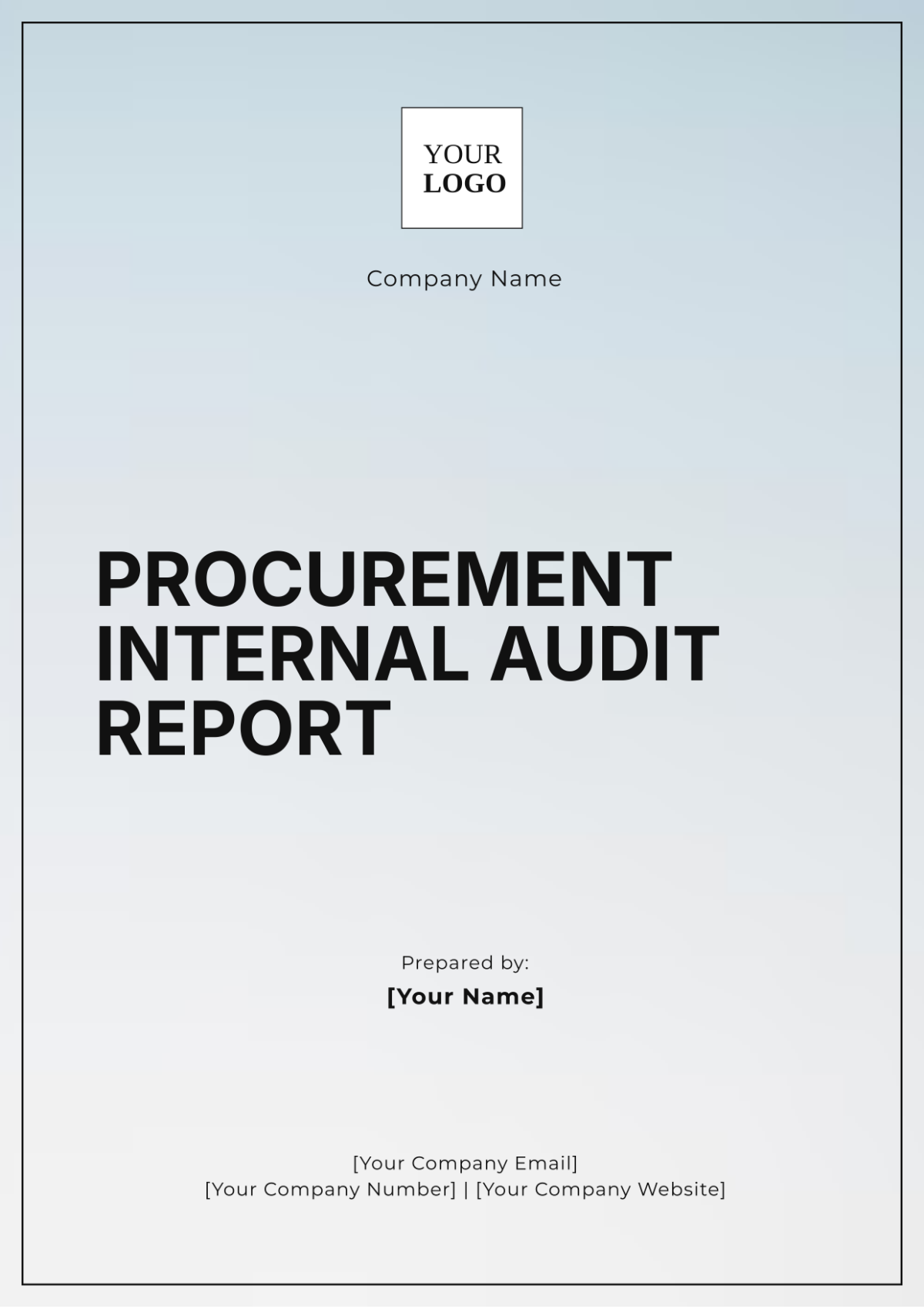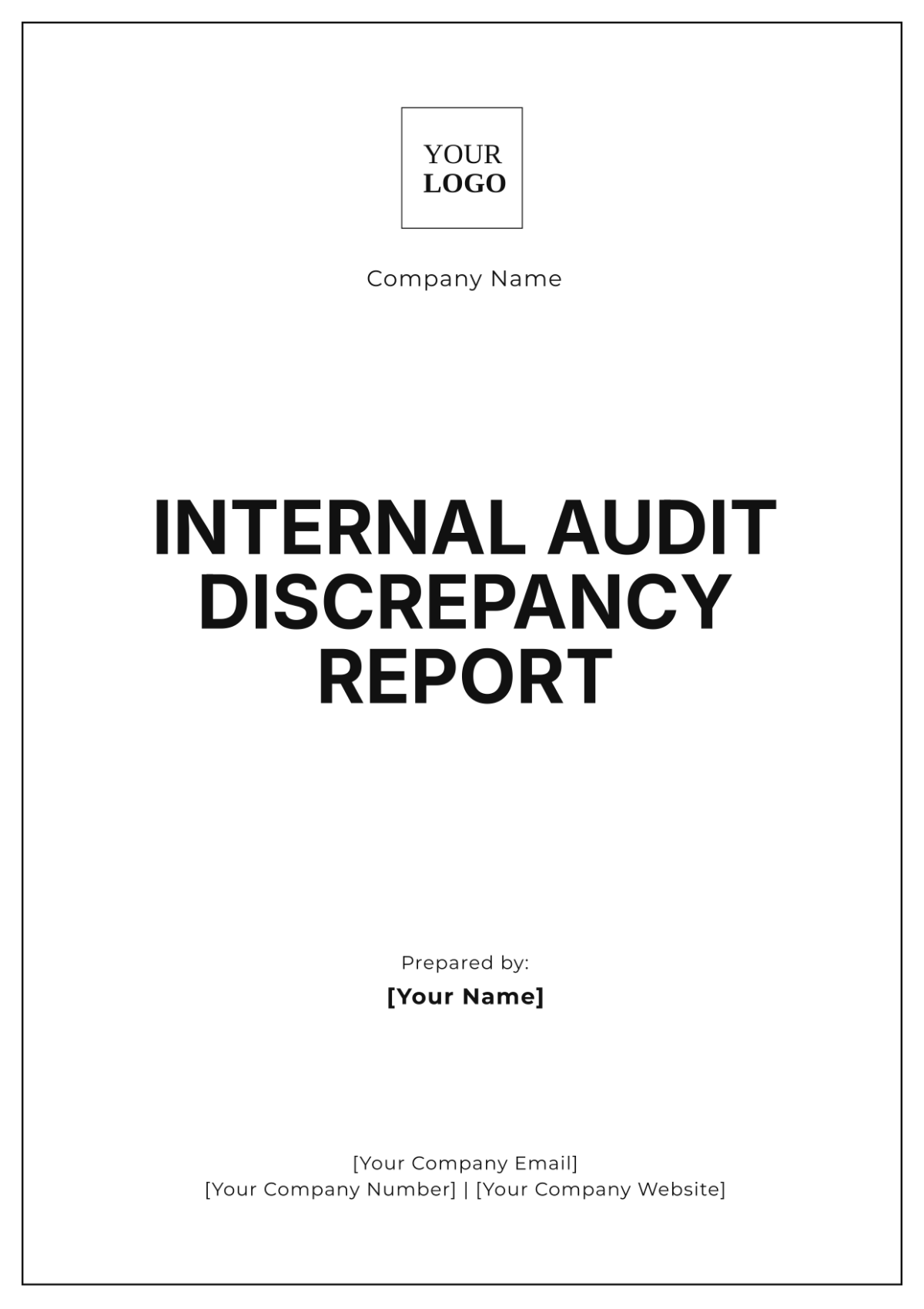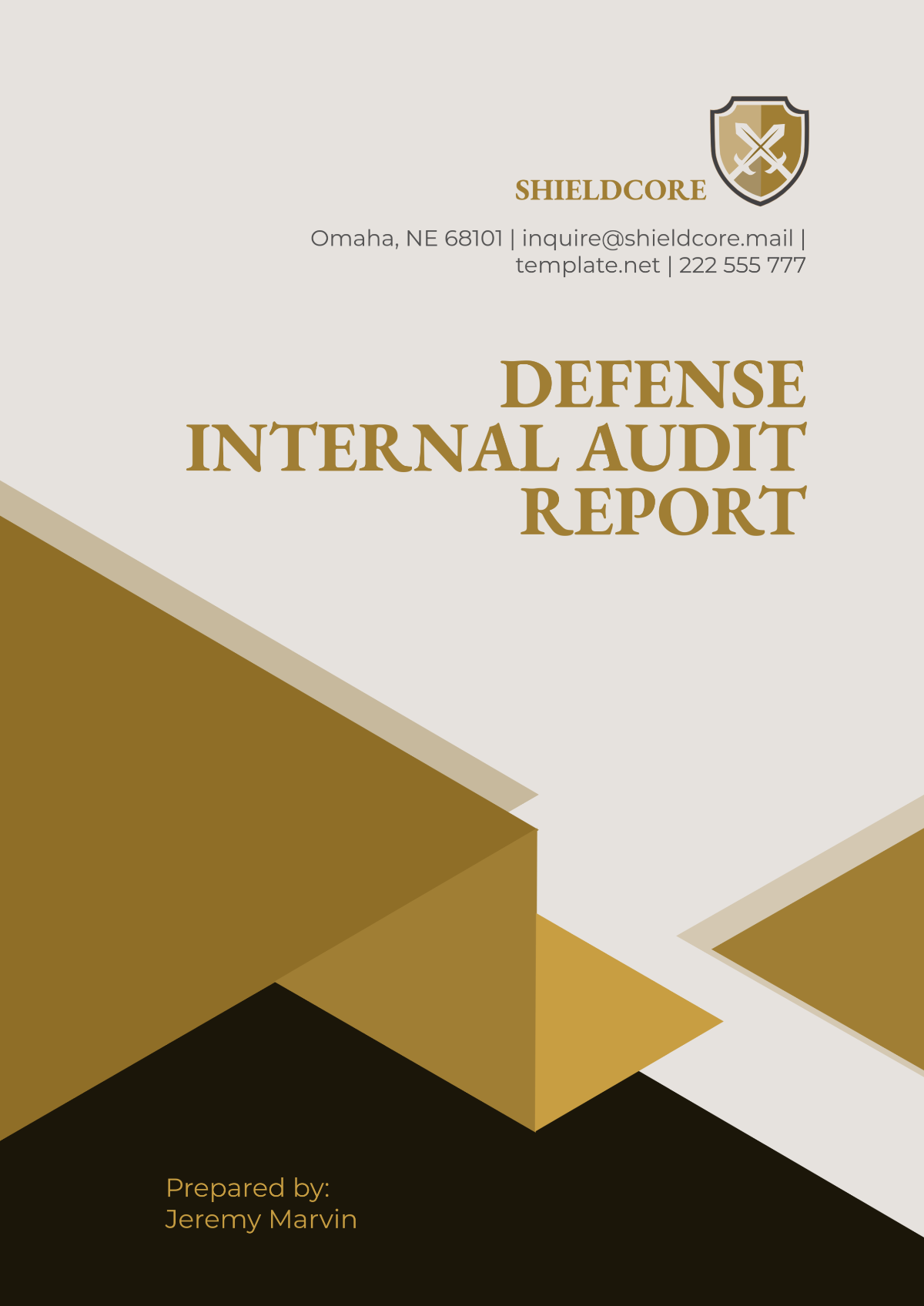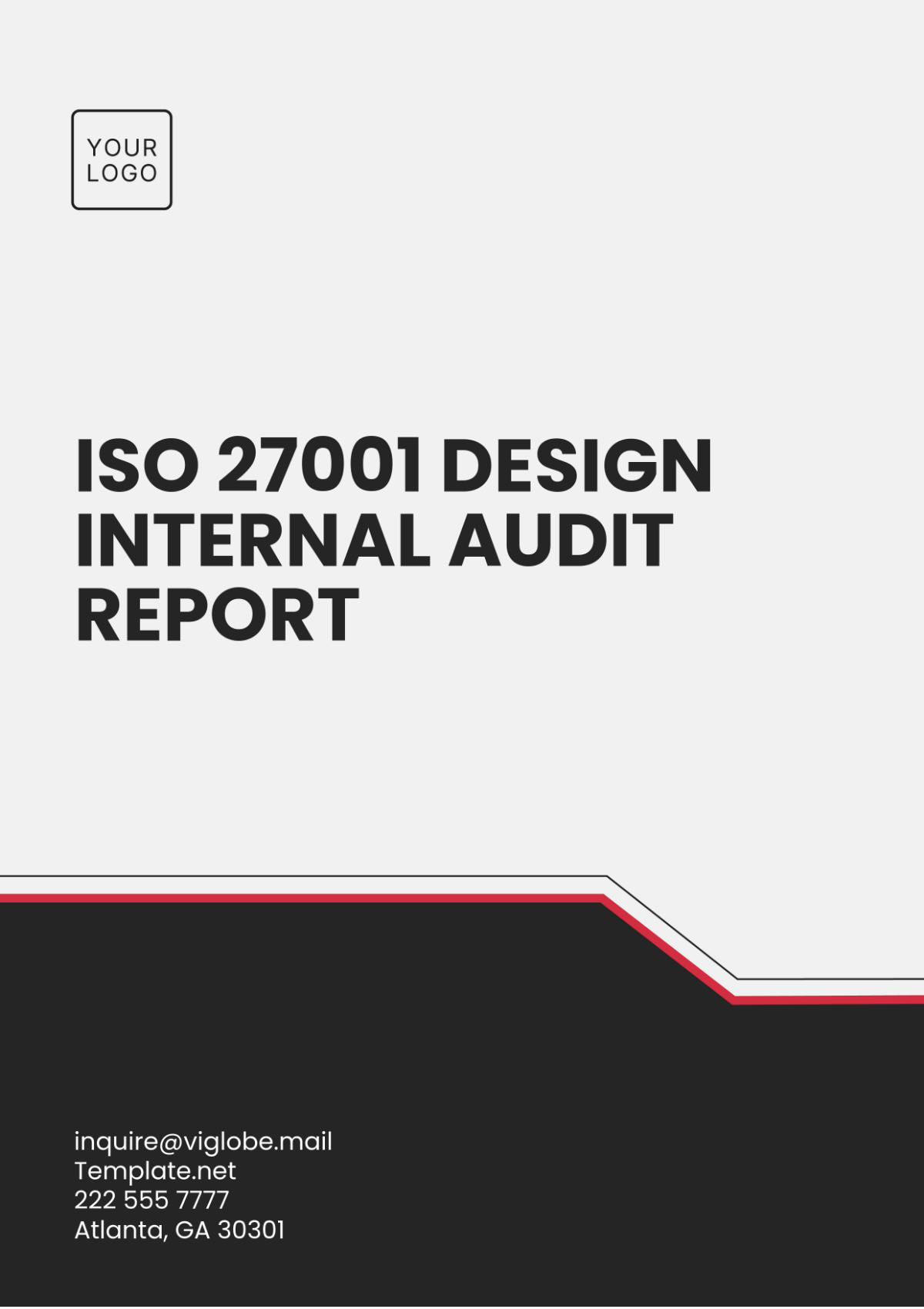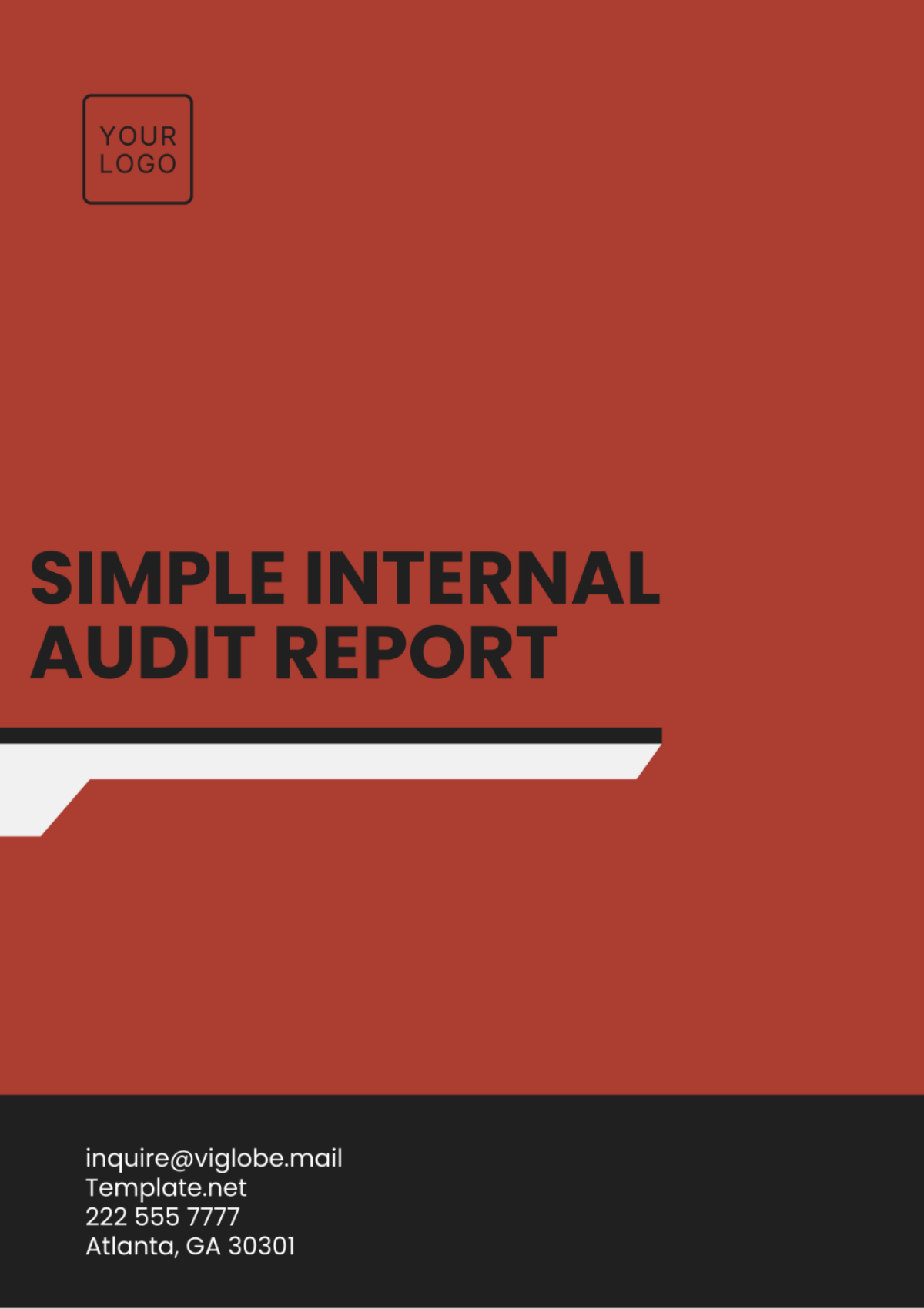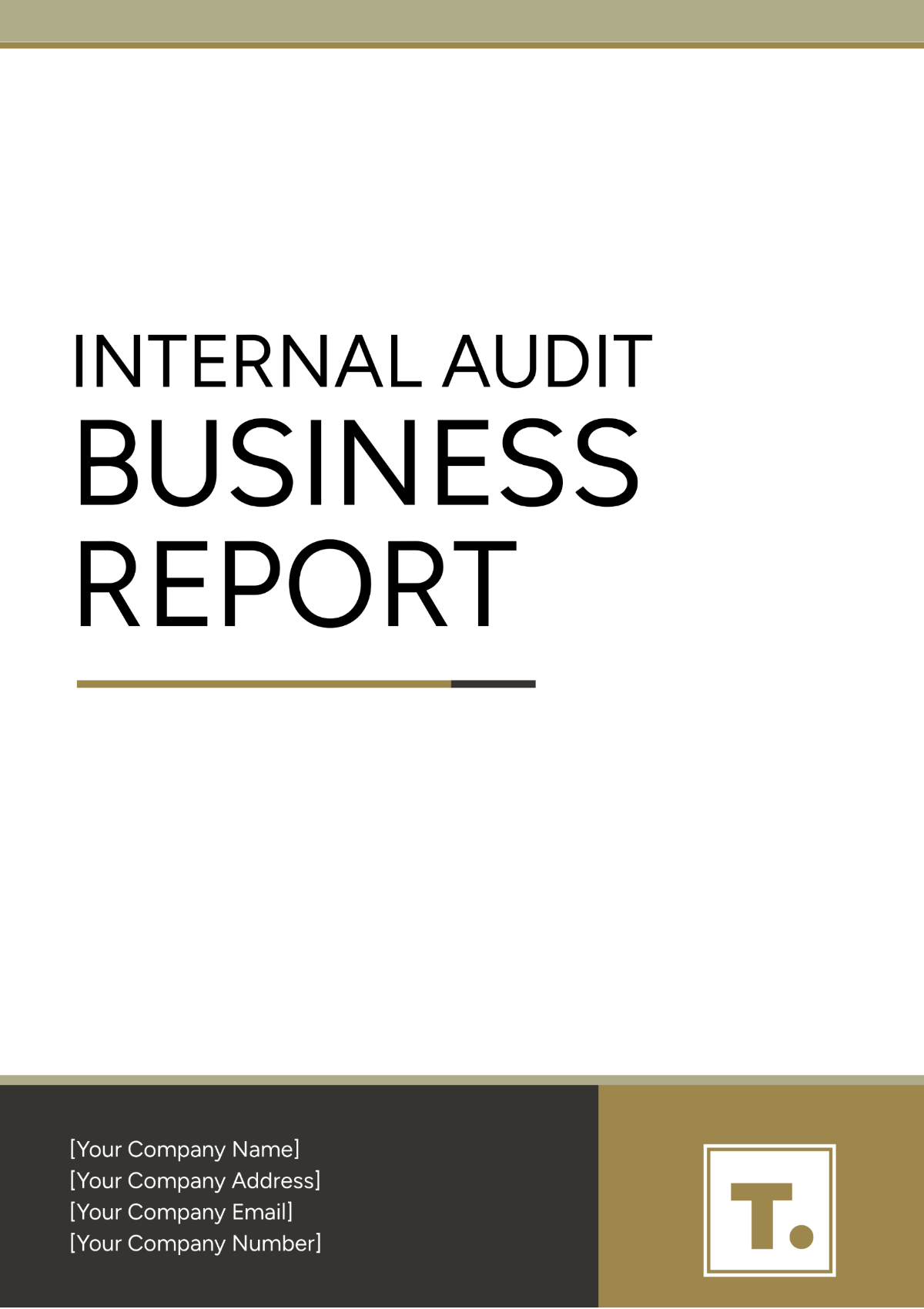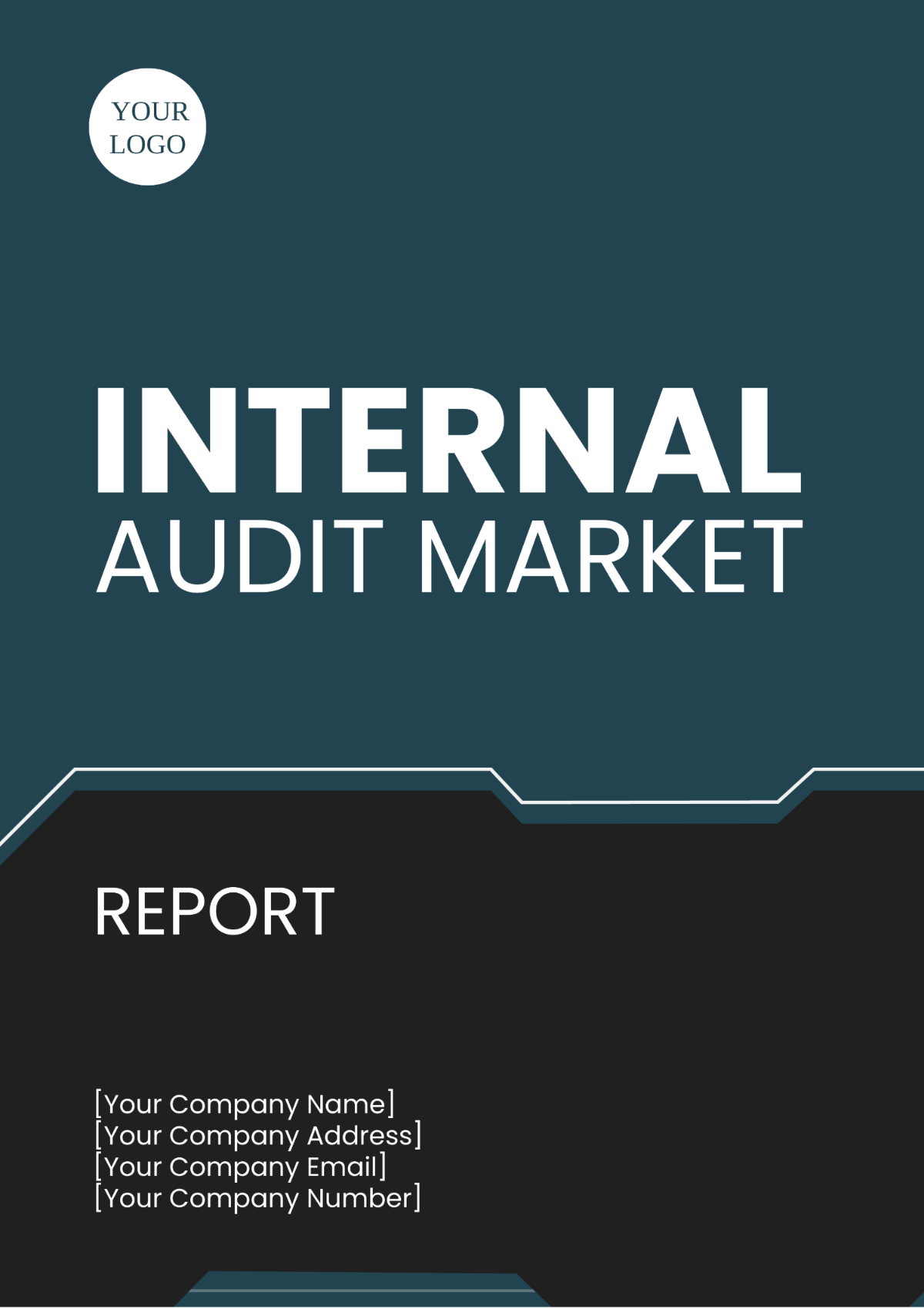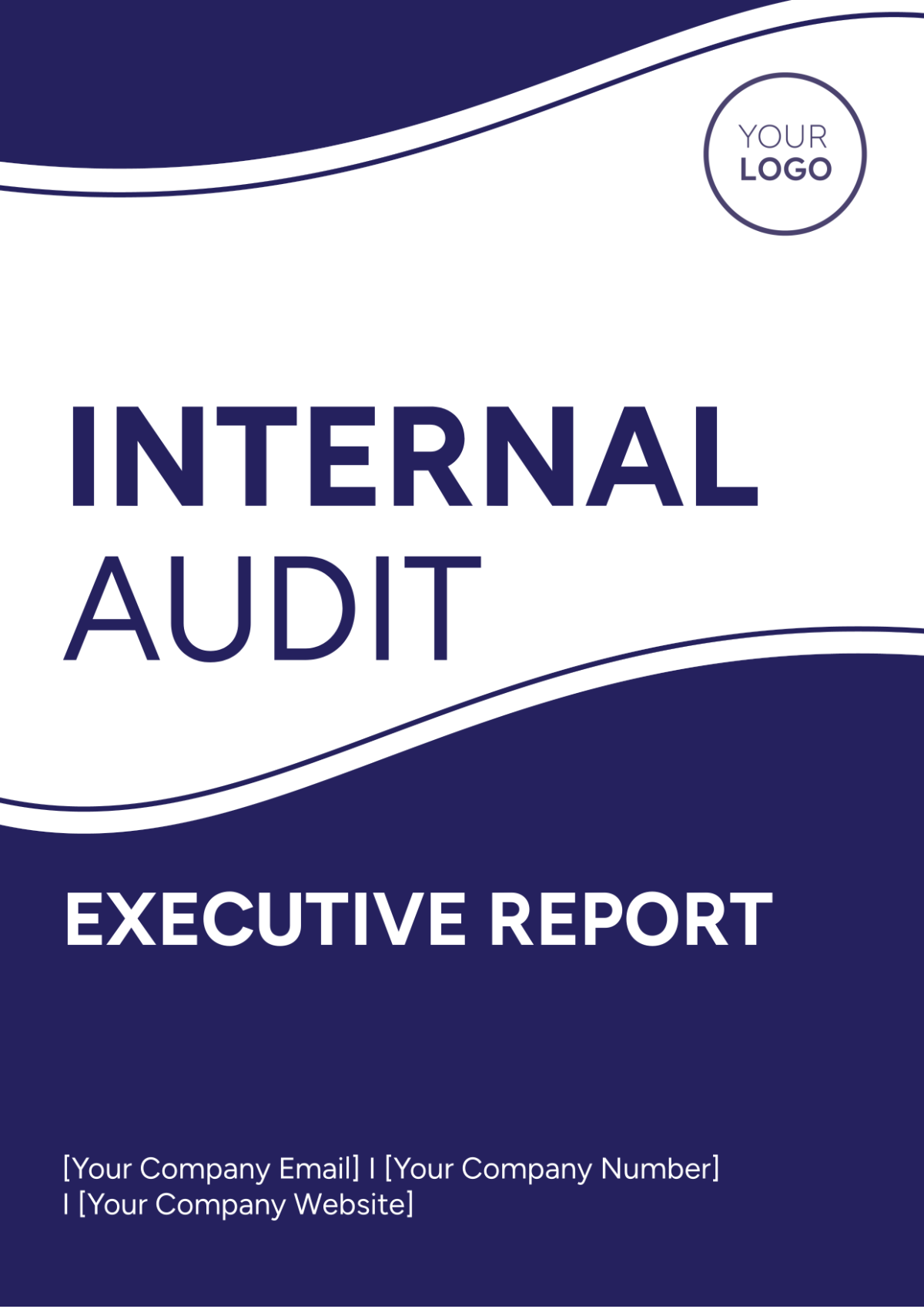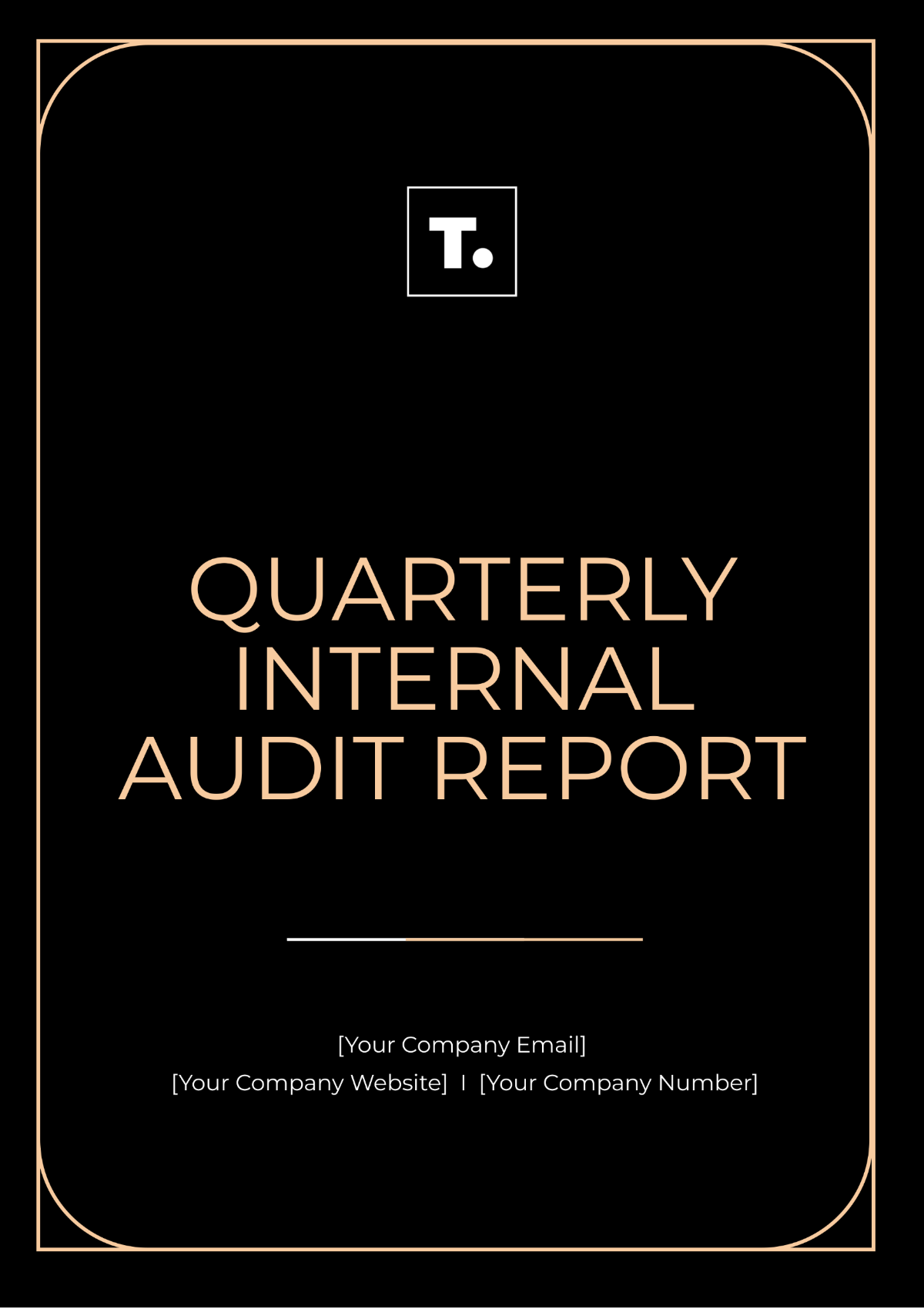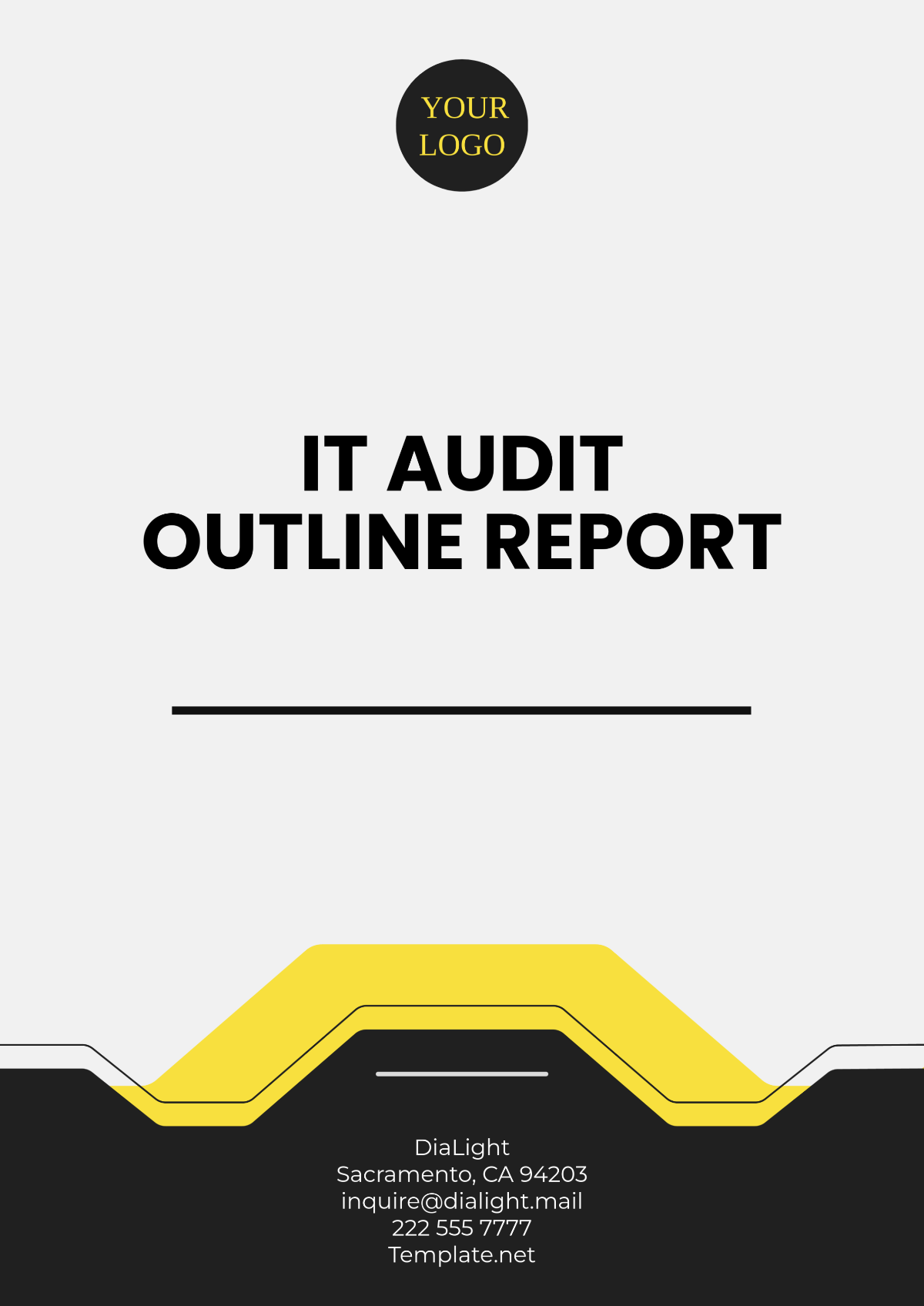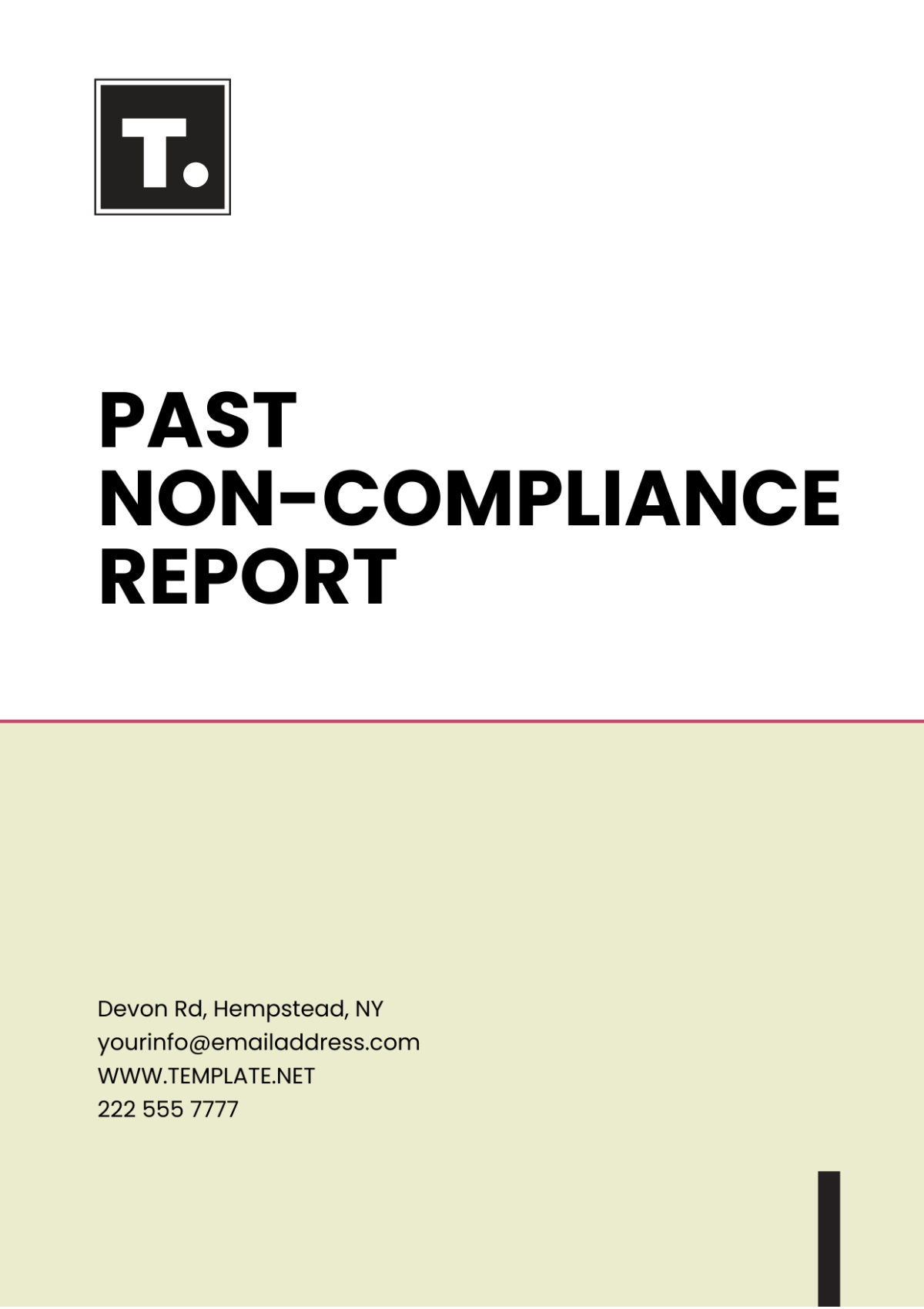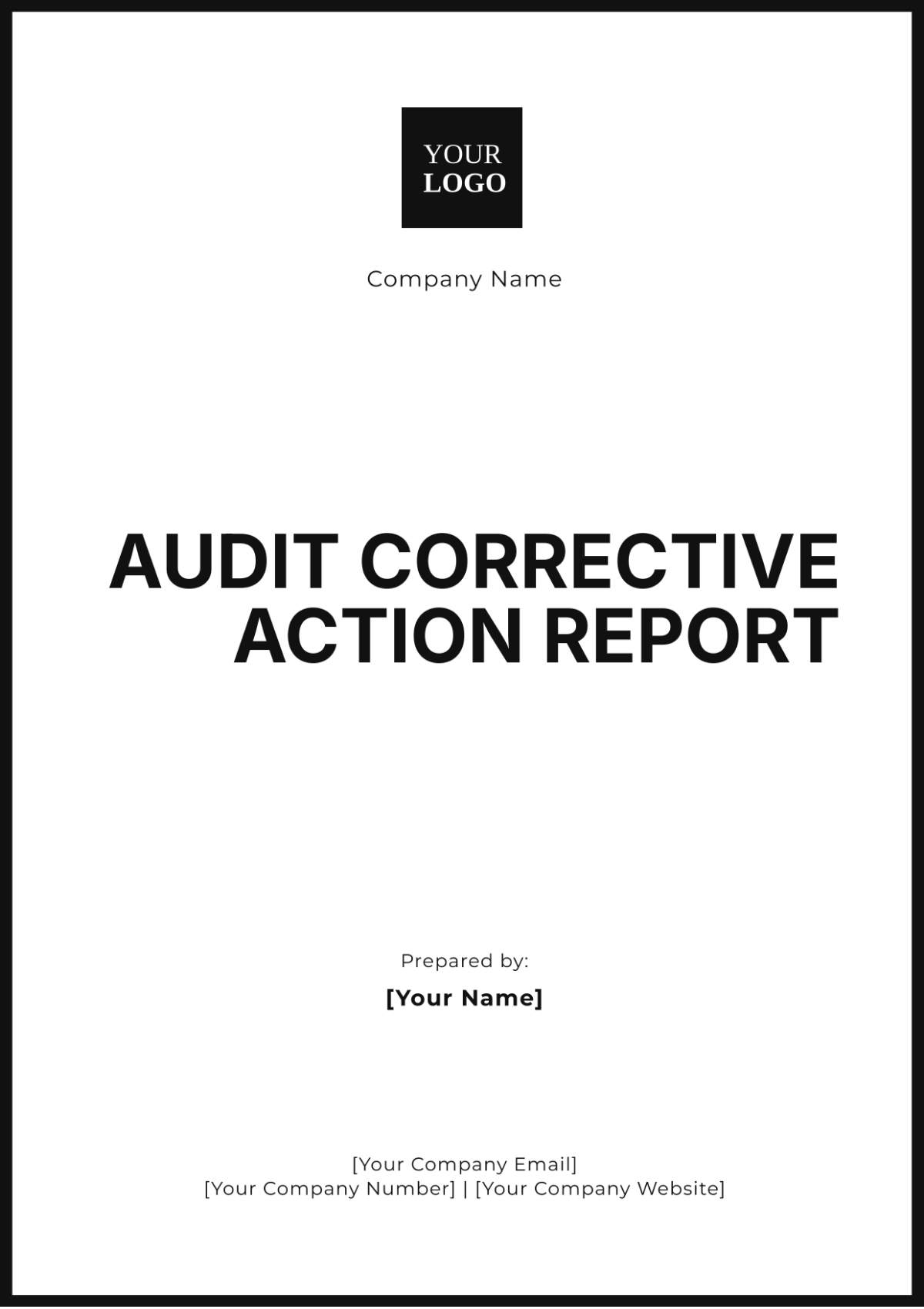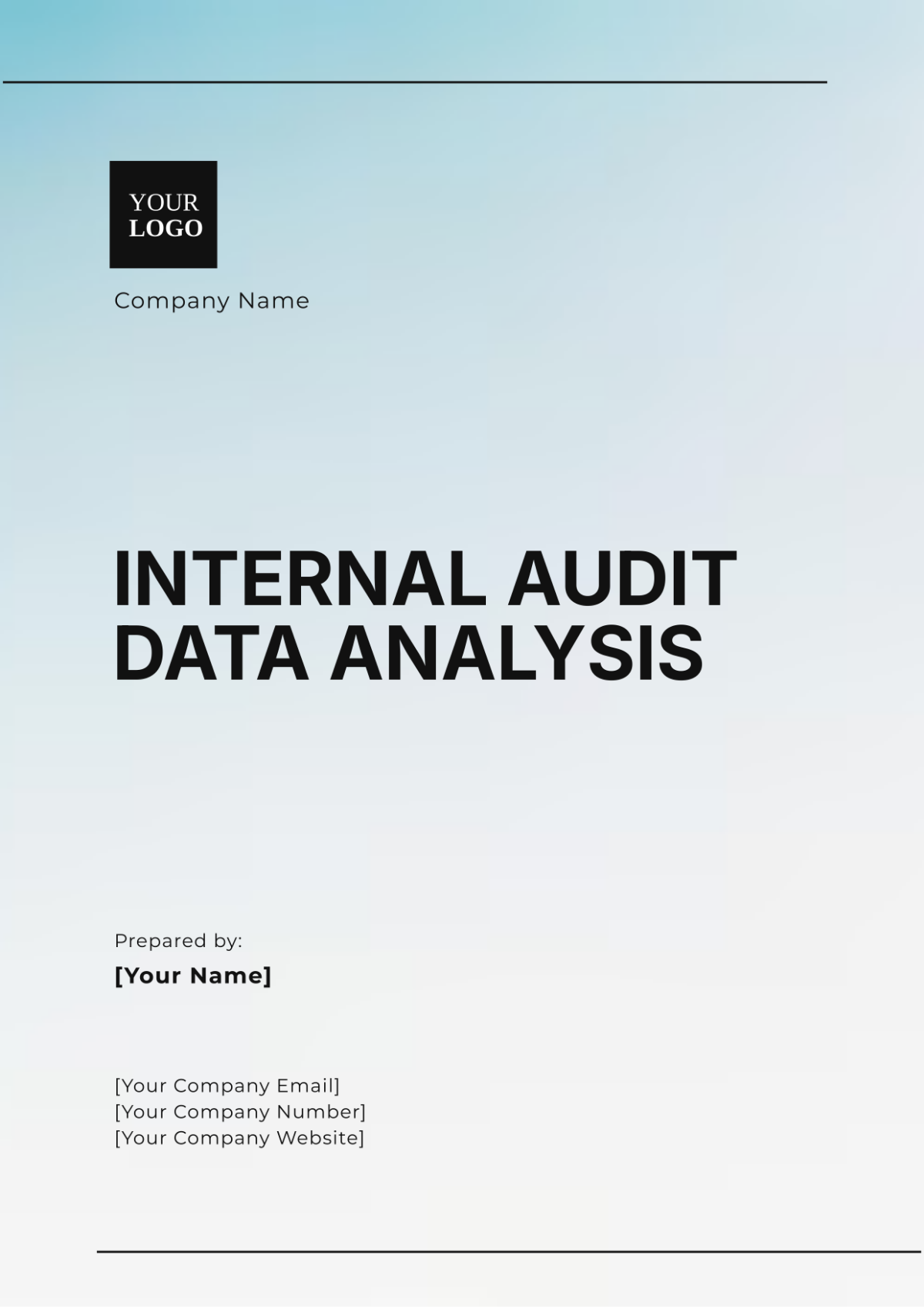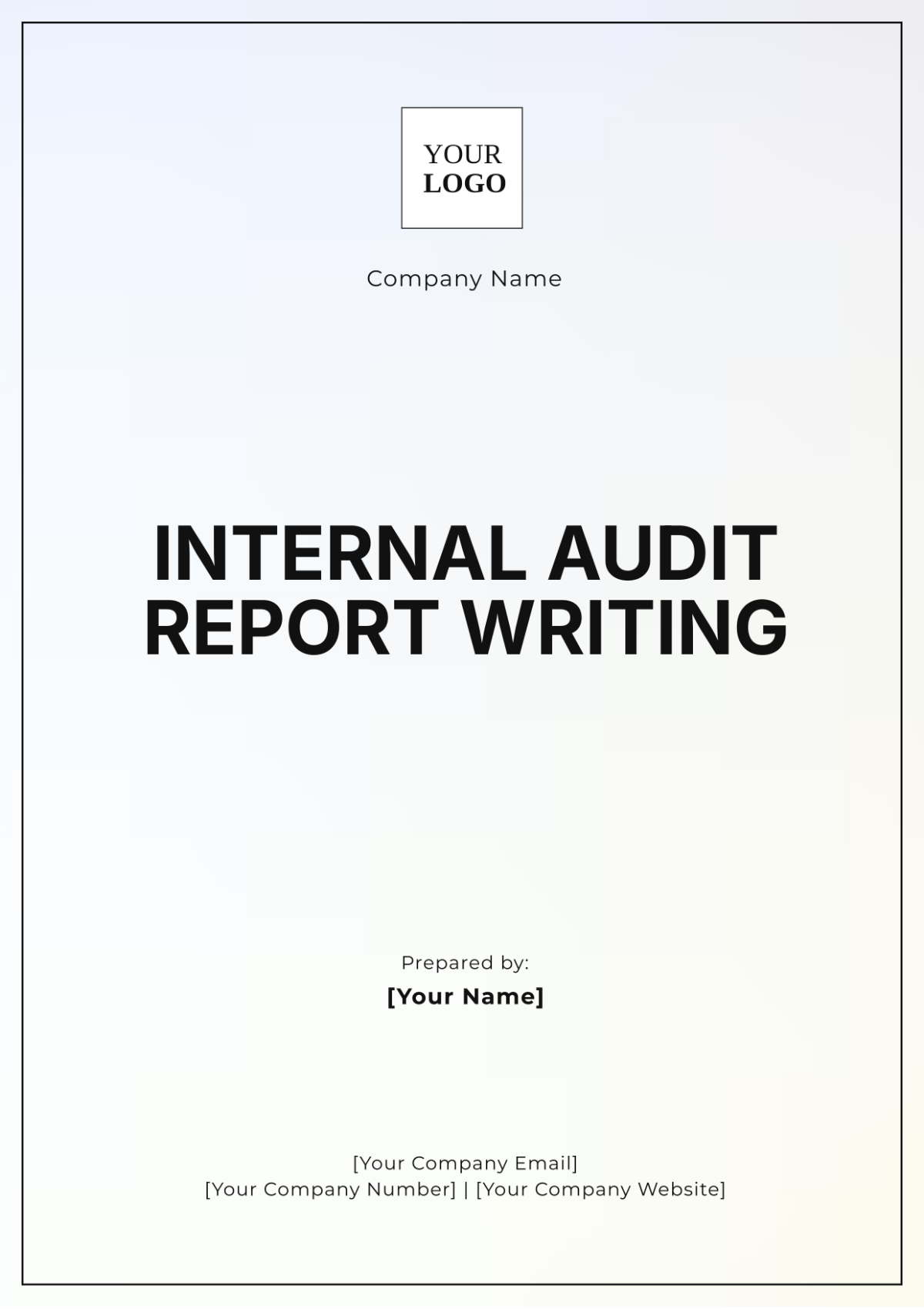Finance Internal Audit Report
Date: February 1, 2050
Prepared by: [Your Name]
Executive Summary
In this particular report, we have conducted an in-depth examination and evaluation to assess the effectiveness of the existing financial controls implemented within [Your Company Name]. The evaluation process is extensive and includes a thorough review of several different elements. This includes the procedures in place to ensure accuracy, the level of compliance with standards and regulations, as well as the system's capacity to manage, produce, and maintain robust financial information reliably. The main purpose of this extensive assessment is to ascertain whether the current financial control measures in the business are functioning effectively and efficiently.
Objective
The primary goal of this research is to measure the effectiveness and compliance of our company's financial controls and oversight systems, with a particular focus on accuracy, reliability, and adherence to relevant policies and procedures.
Methodology
The assessment has been conducted by employing a comprehensive review of procedures, starting from initiation to conclusion to thoroughly investigate the mechanisms that all processes utilize. Moreover, this review specifically focused on aspects such as financial reporting mechanisms, to measure the accuracy of financial information, documentary verification, to ensure all necessary documentation has been presented and verified, and regulatory compliance procedures, to ascertain the procedures adhere to all required regulatory standards. To attain a balanced perspective and ensure no biases or missed information, the assessment utilized both internal and external audits. Using both these methods of auditing gives a more holistic view of the processes, providing insights from within the organization as well as from an external, independent viewpoint.
Review of Financial Processes
It appears that the current financial processes in place at [Your Company Name] are robust and reliable. The use of advanced technology has significantly improved the accuracy and speed of transactional and bookkeeping activities. Despite this, the report suggests some areas of improvement in terms of compliance and data protection.
Accuracy
Based on the review conducted, it appears that the processes are accurate with an error rate at an industry-accepted level of 1.5%. However, there remain some instances where human error, primarily due to manual data entry, may lead to inaccuracies and should be addressed for further improvement.
Reliability
Reliable financial data is essential for sound fiscal decision-making. [Your Company Name]'s financial systems have been handling high transaction volumes reliably. Nevertheless, a need for increased automation to improve data processing has been identified, to further enhance reliability.
Compliance
In terms of aligning with relevant policies and regulations, [Your Company Name] has made significant strides. An independent audit confirmed that overall 96% compliance with financial regulations has been achieved, though some minor lapses in documentation flow need to be addressed.
Financial Controls Improvement Plan
To guarantee that there is a continuous measure of improvement and the necessary adaptations are made in the financial landscapes which are in a constant state of evolution, the report places a strong recommendation for an approach that has been refined over time. This refined approach relies on data to drive its execution. In leveraging this data-driven style, the aim is to maintain financial systems that are not only accurate but also operate within a well-structured and judicious governance framework.
Conclusion
According to the comprehensive findings presented in this detailed assessment report, it is hereby suggested that while the company identified in this study as [Your Company Name] has presented commendably robust and demonstrably effective financial control mechanisms, there is room for further improvement through a conscientious and forward-thinking approach. By focusing on continuous upgrades and targeted enhancements, the company can indeed bolster various facets of its financial operations, including but not limited to accuracy, reliability, and compliance. To ensure optimal results, it is recommended that these systematic advancements be made in a manner that consistently aligns with the topmost industry standards and represents the spirit of best practices within the corporate sector.
